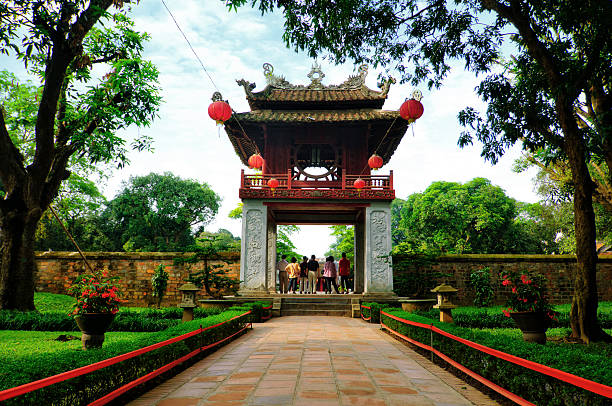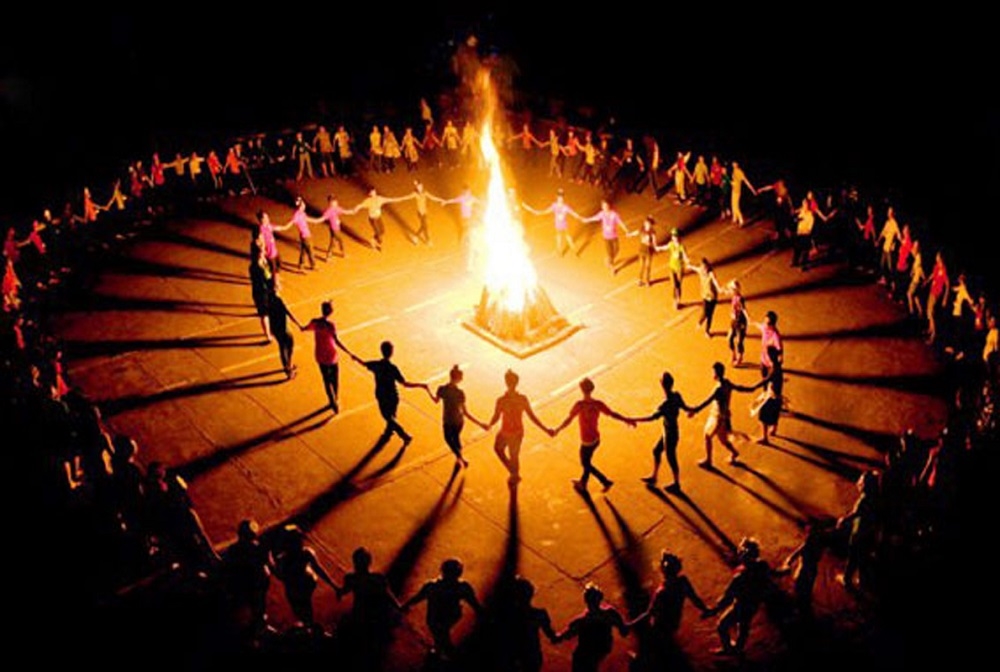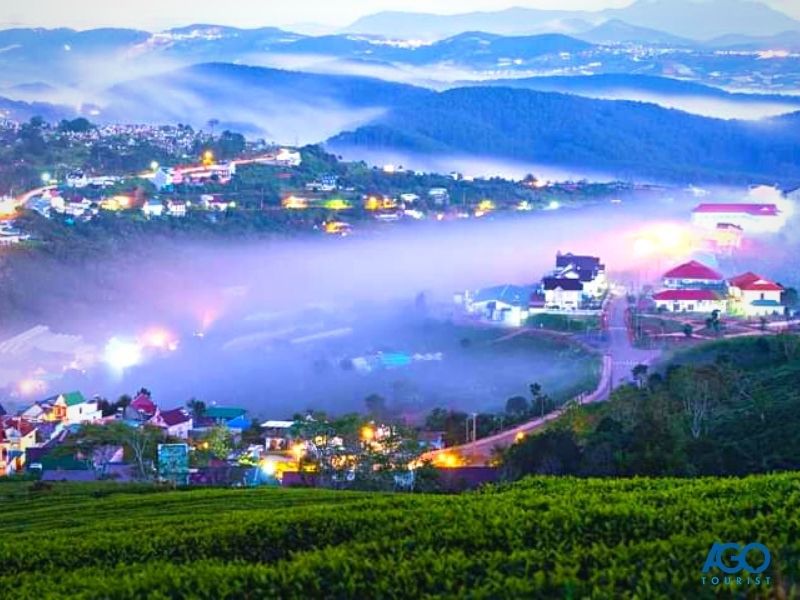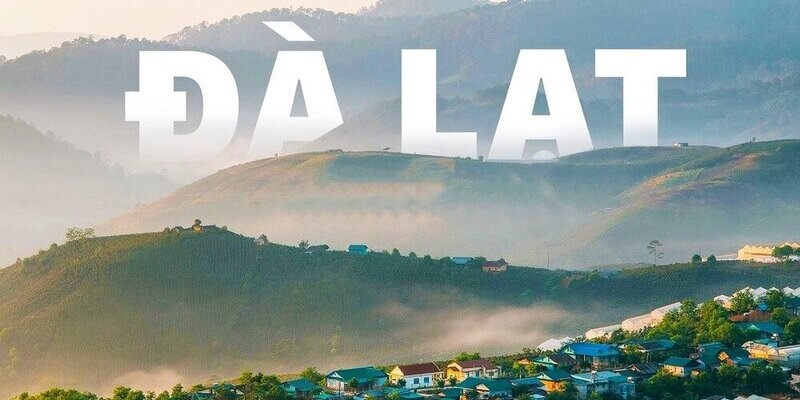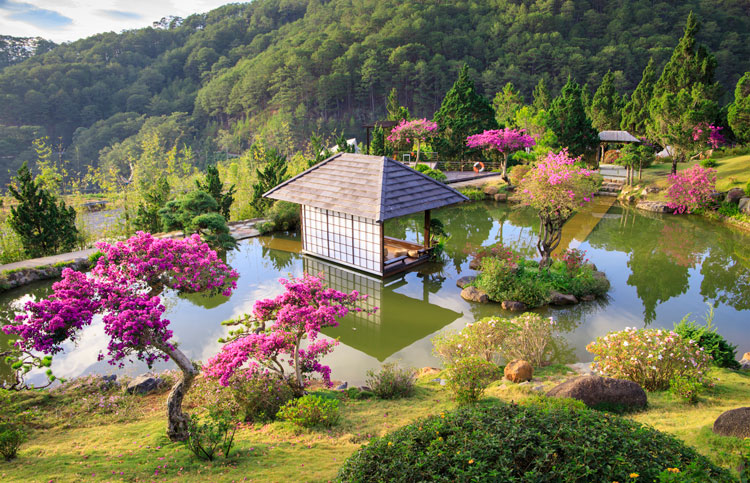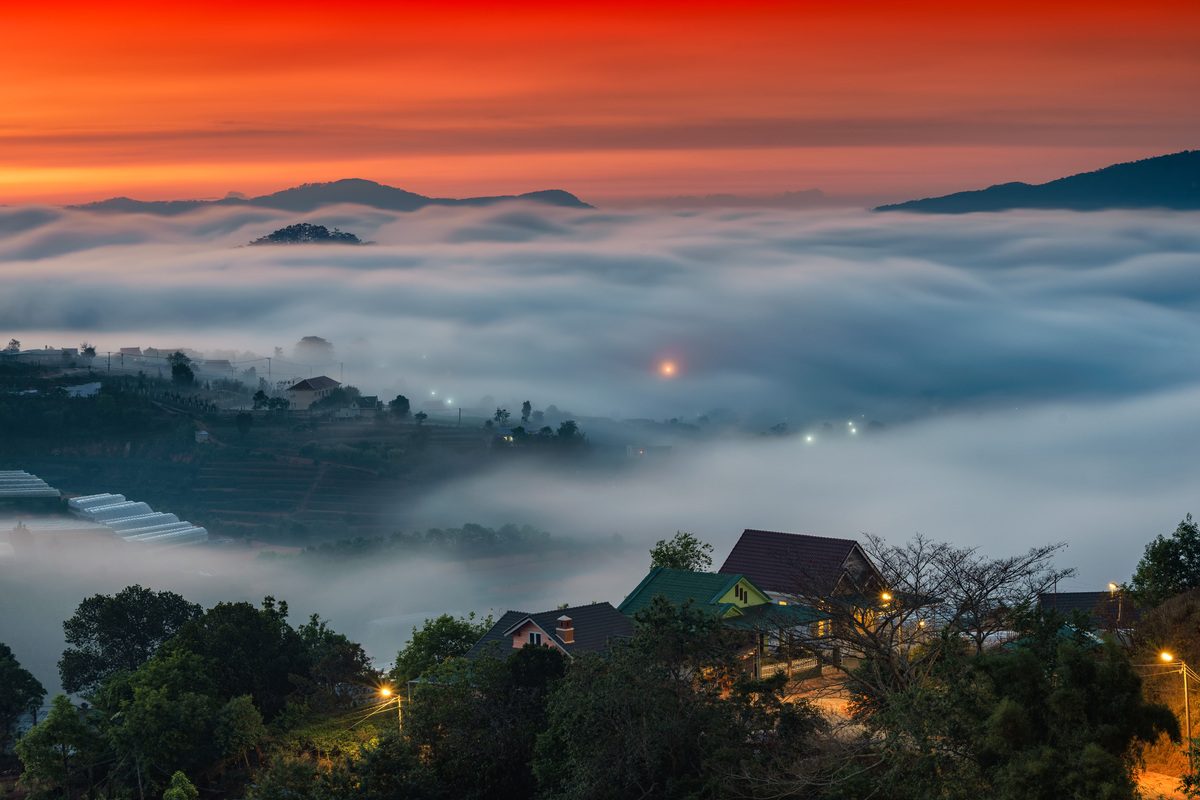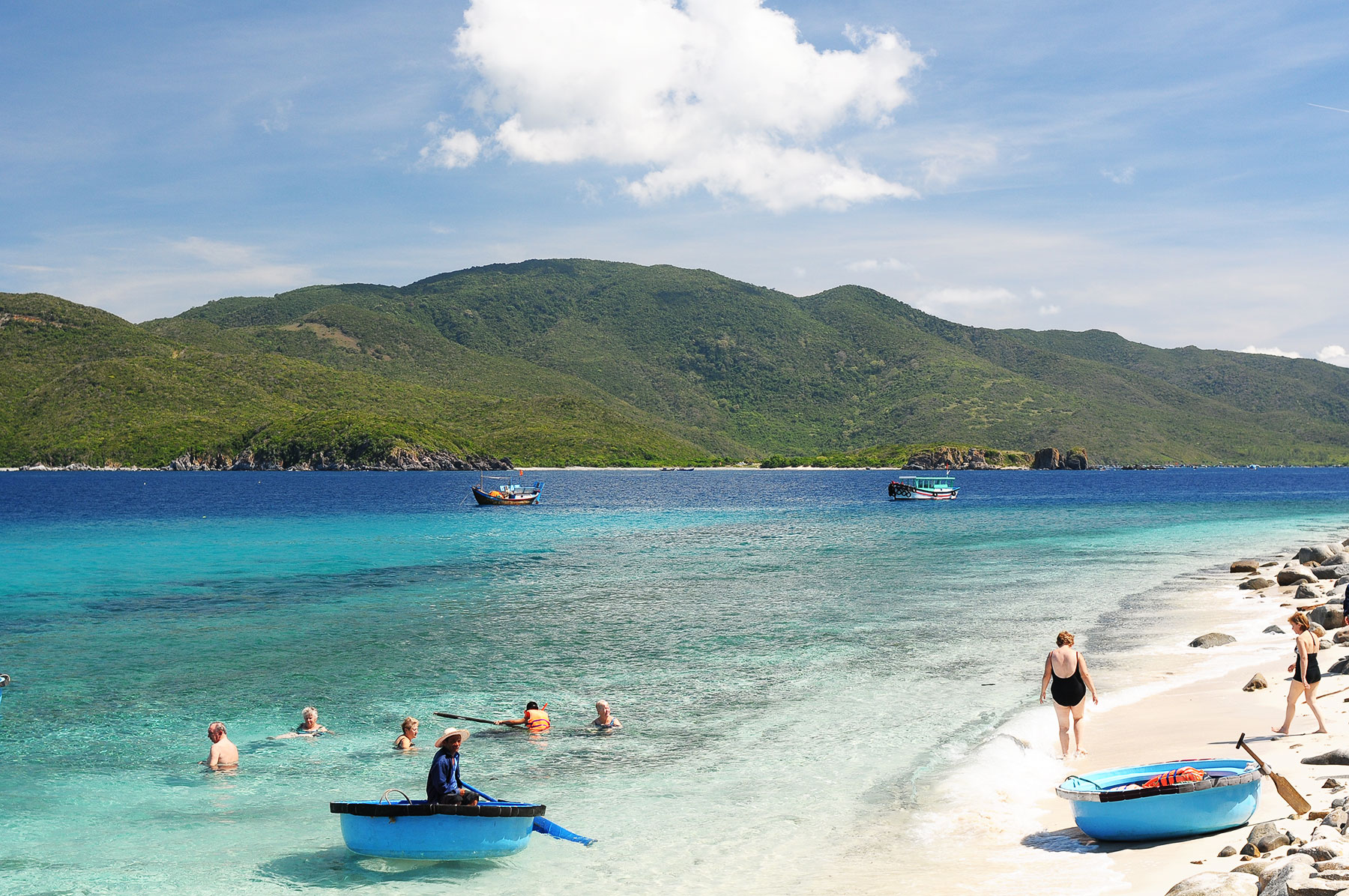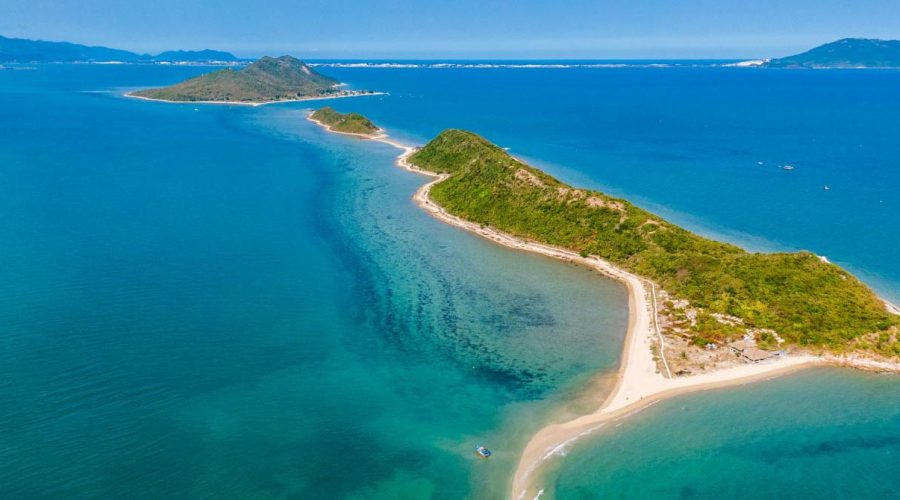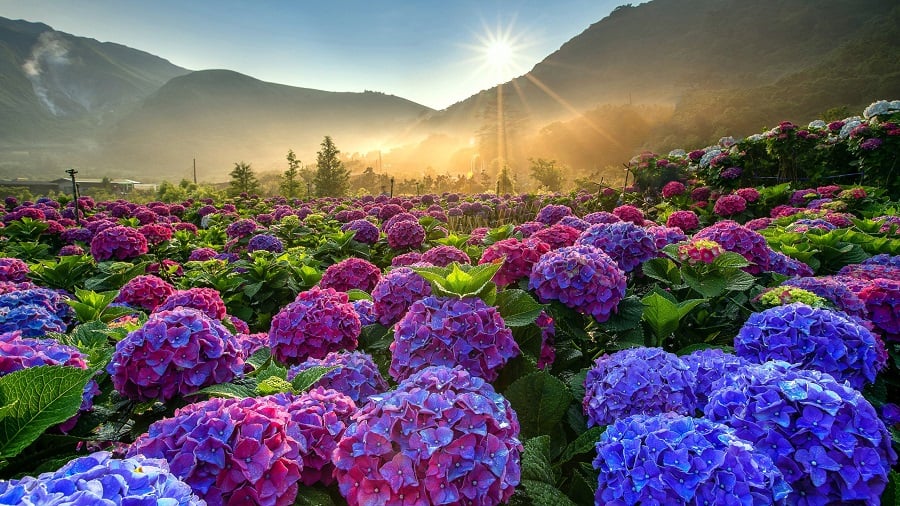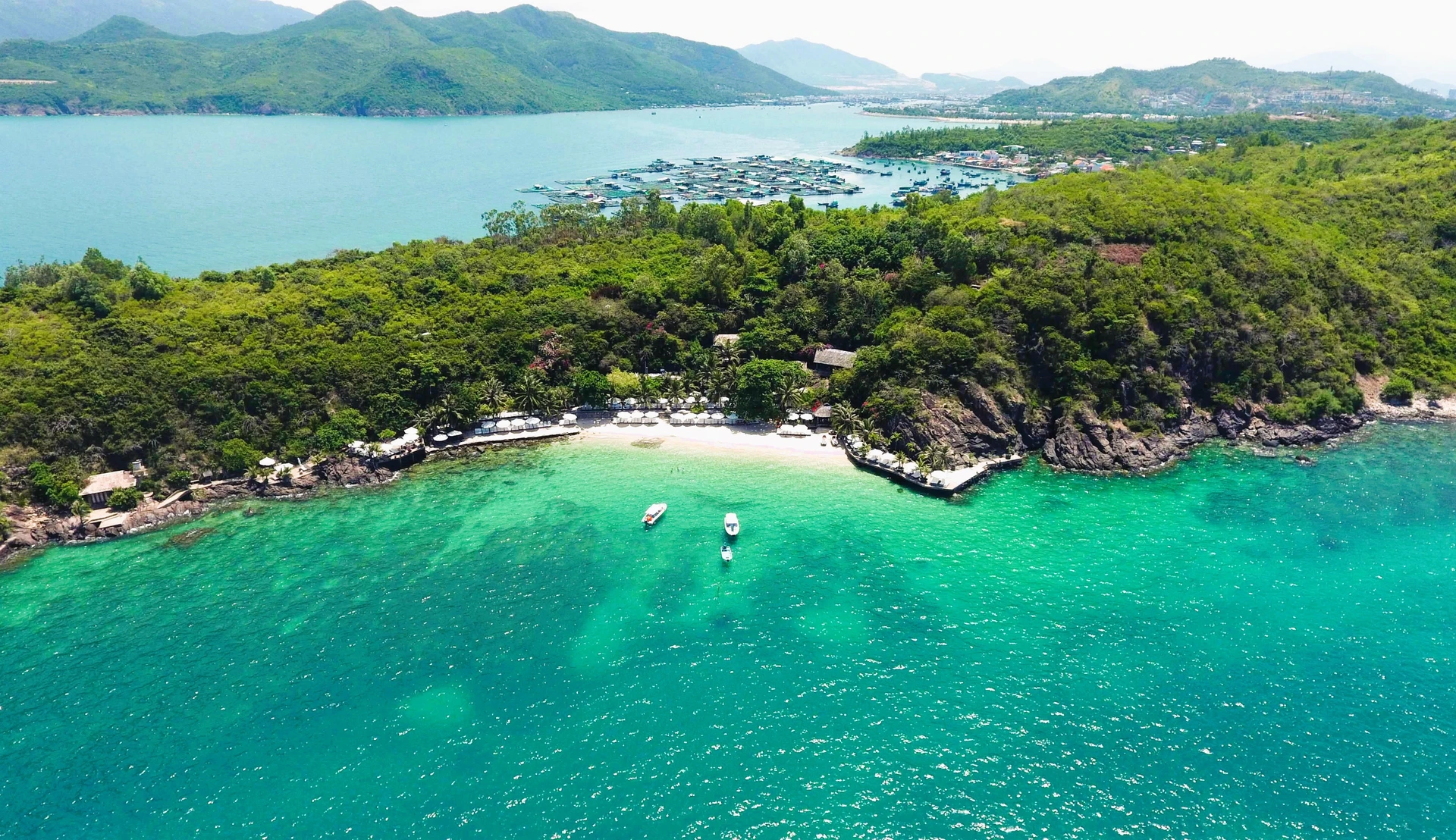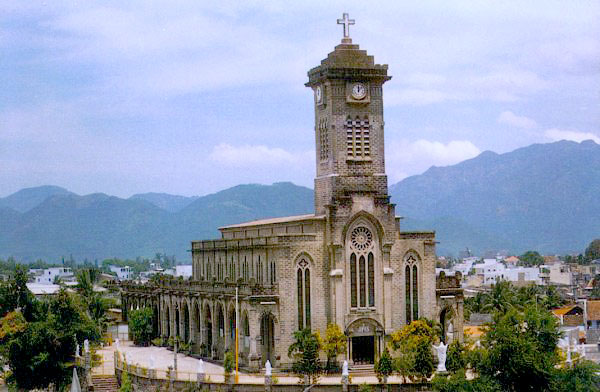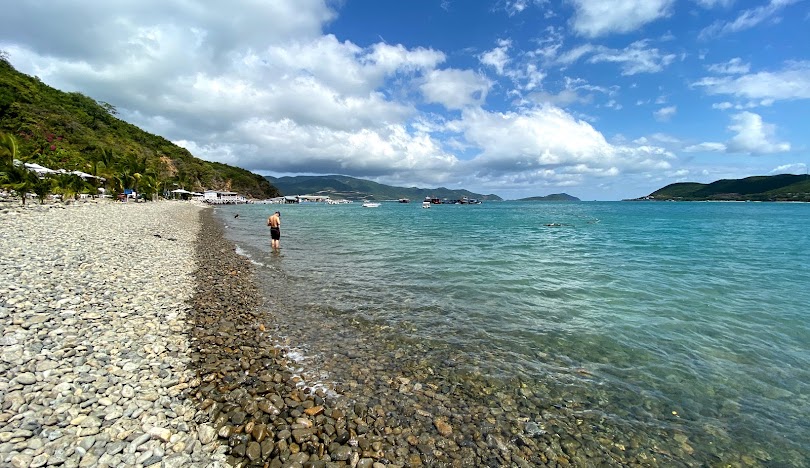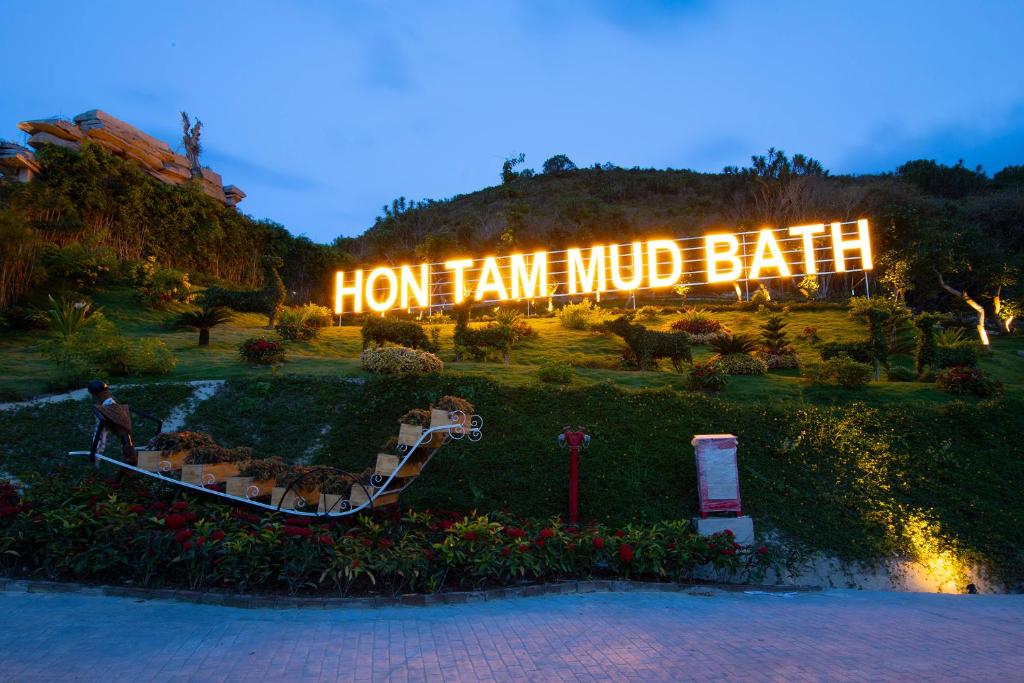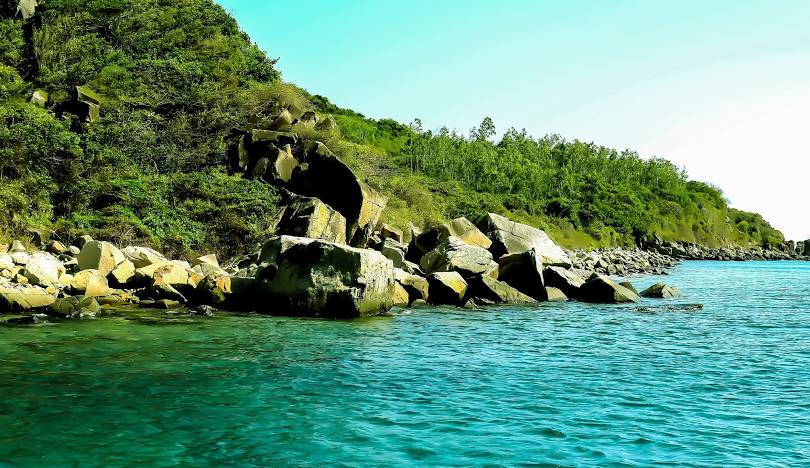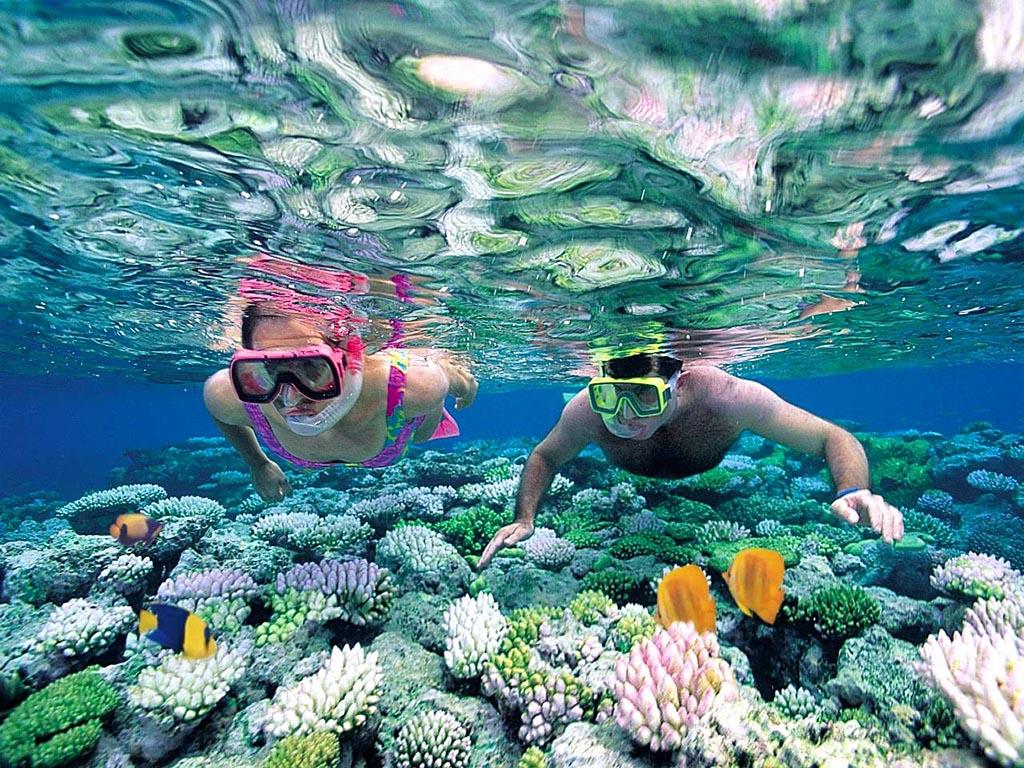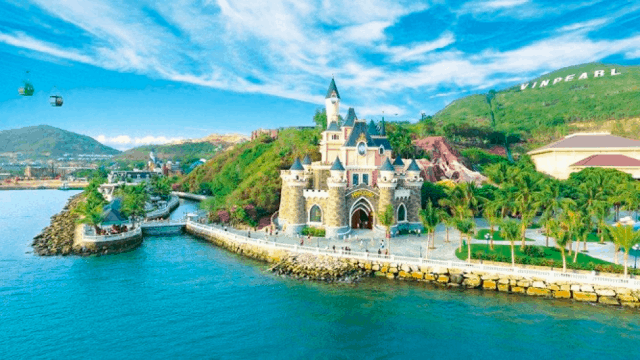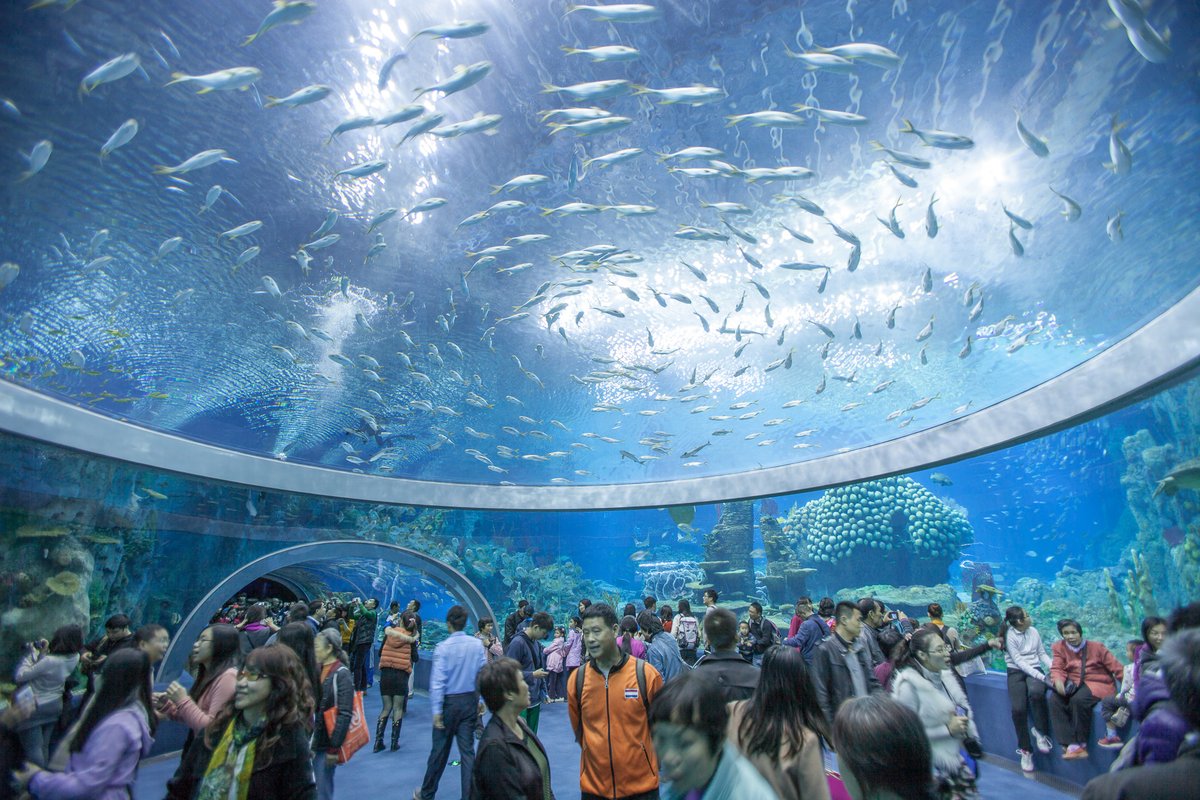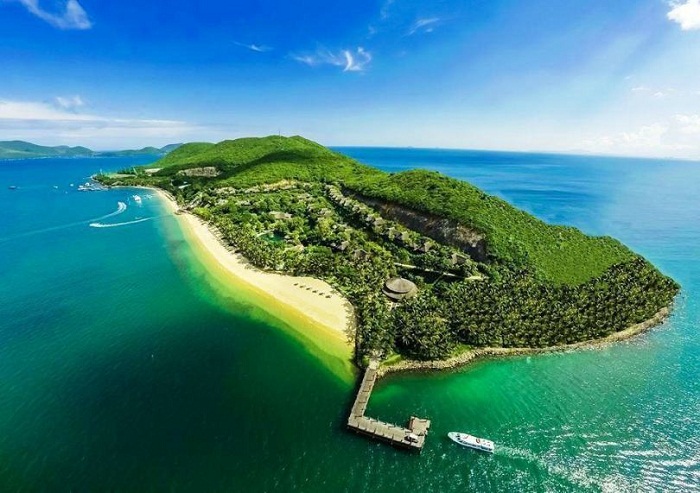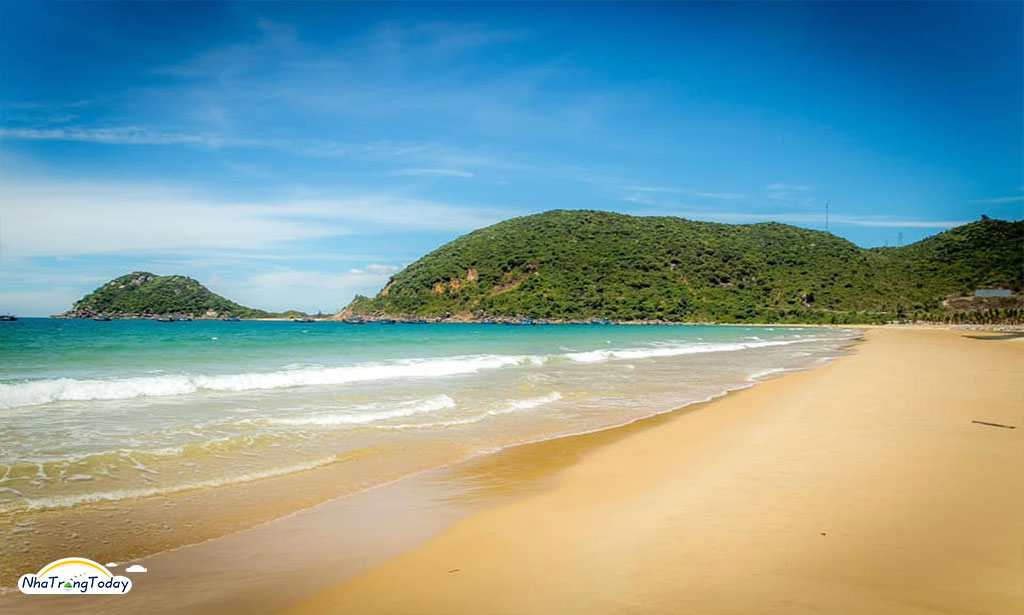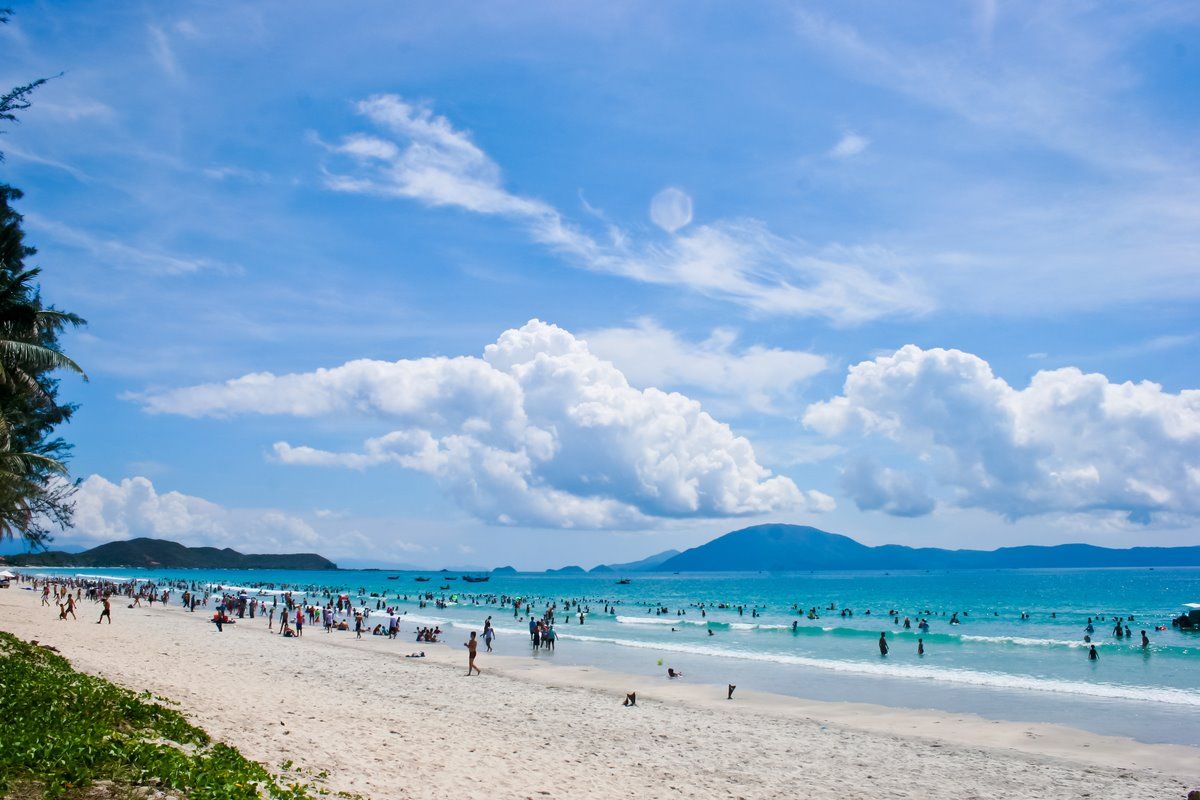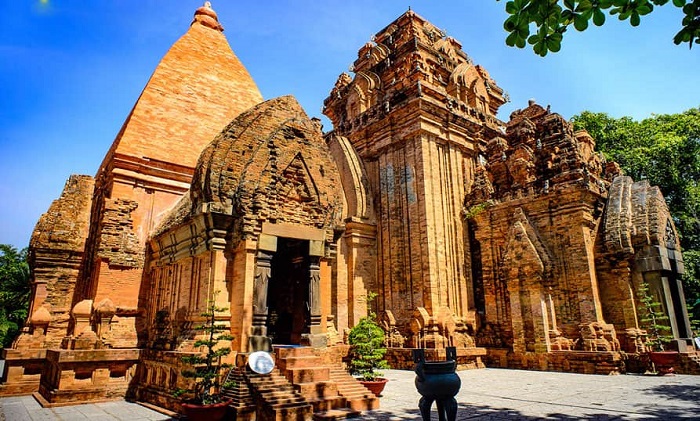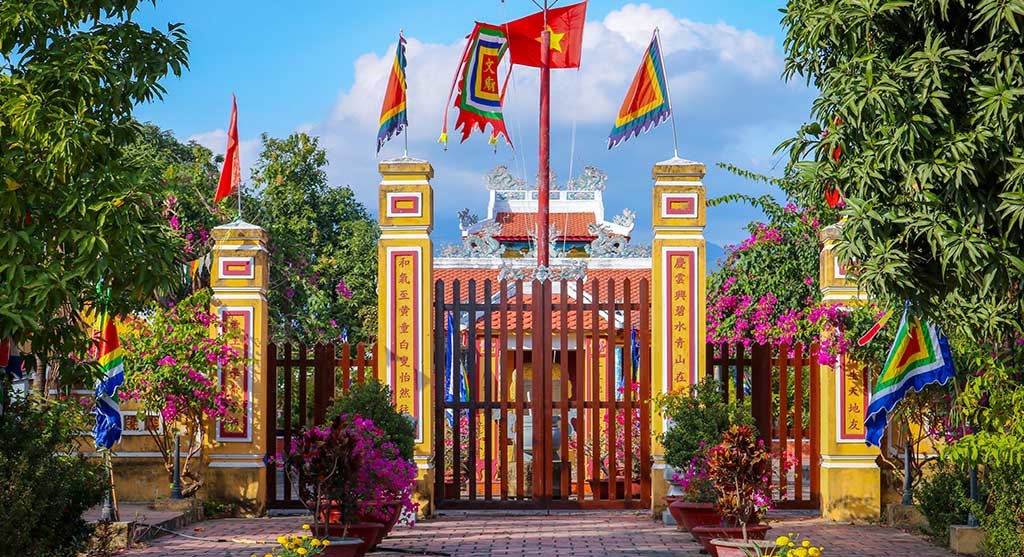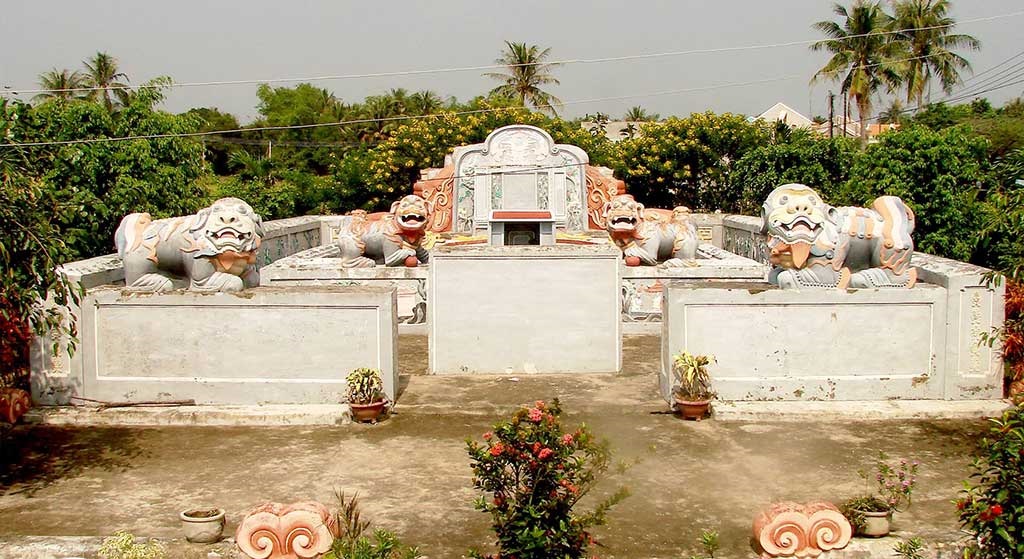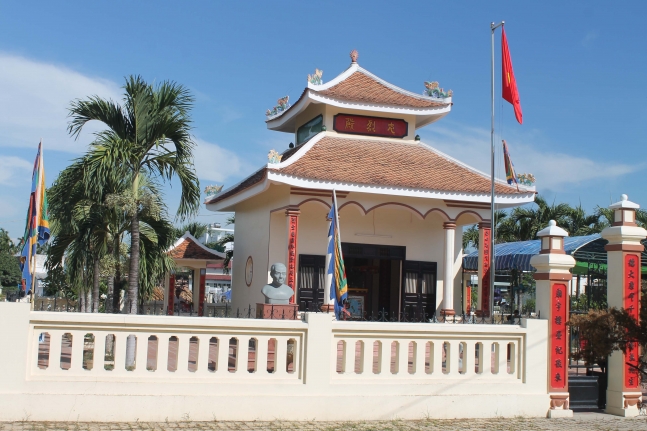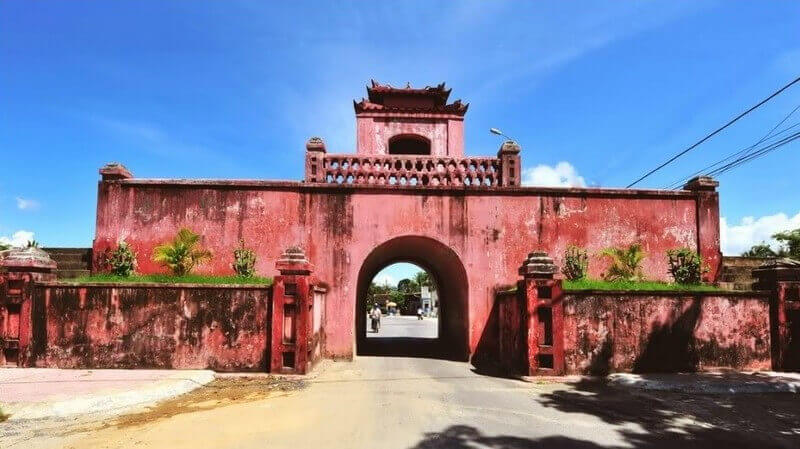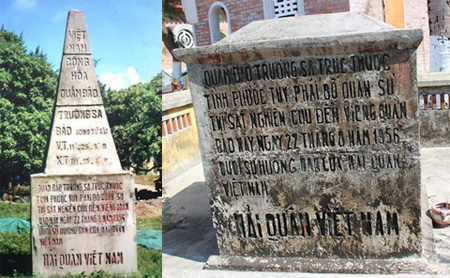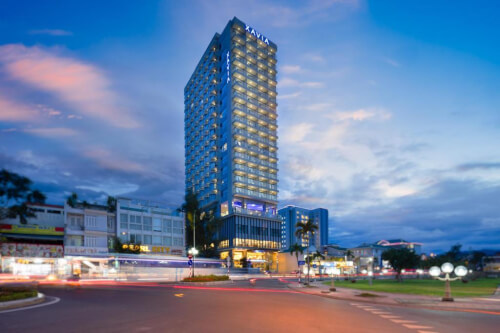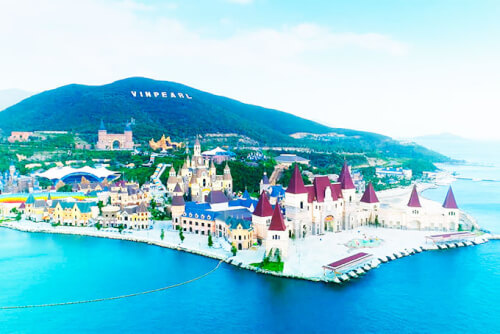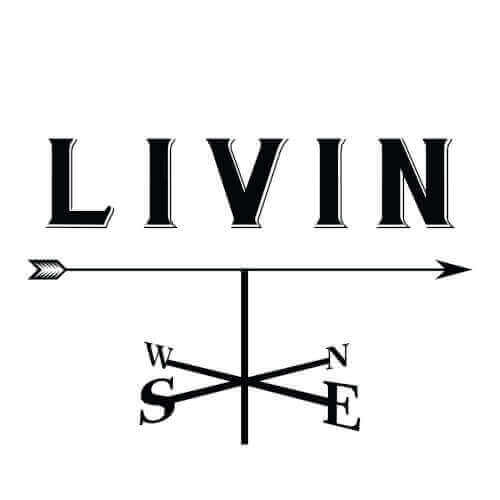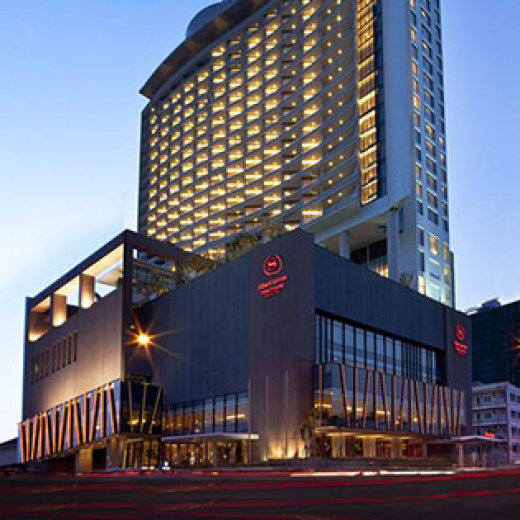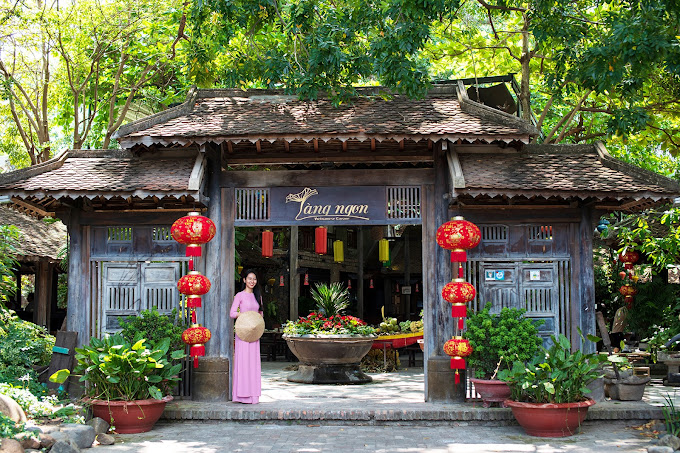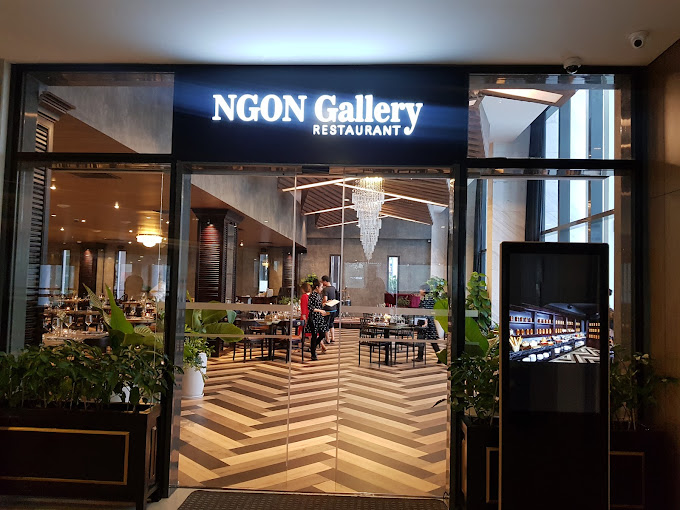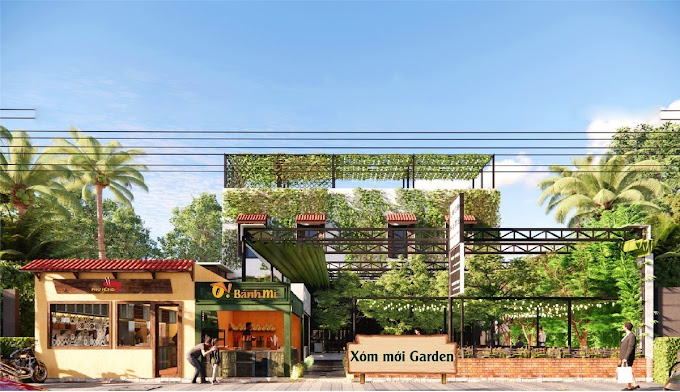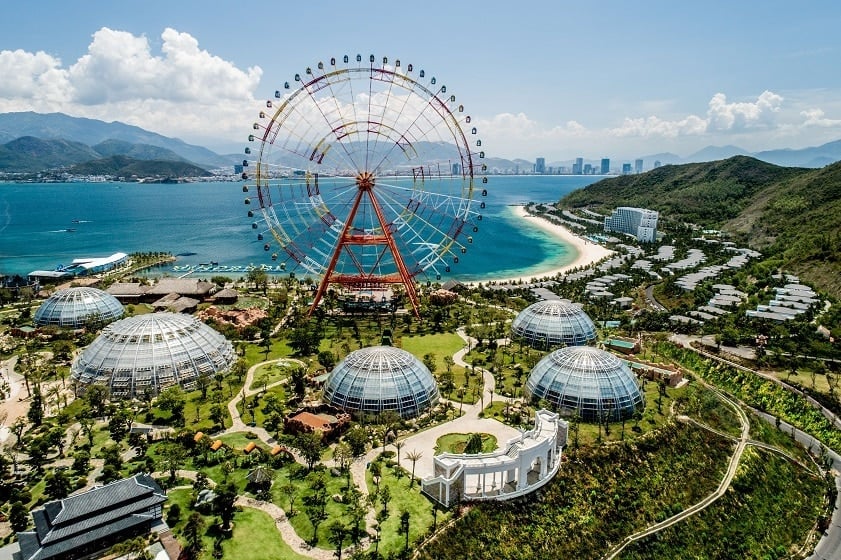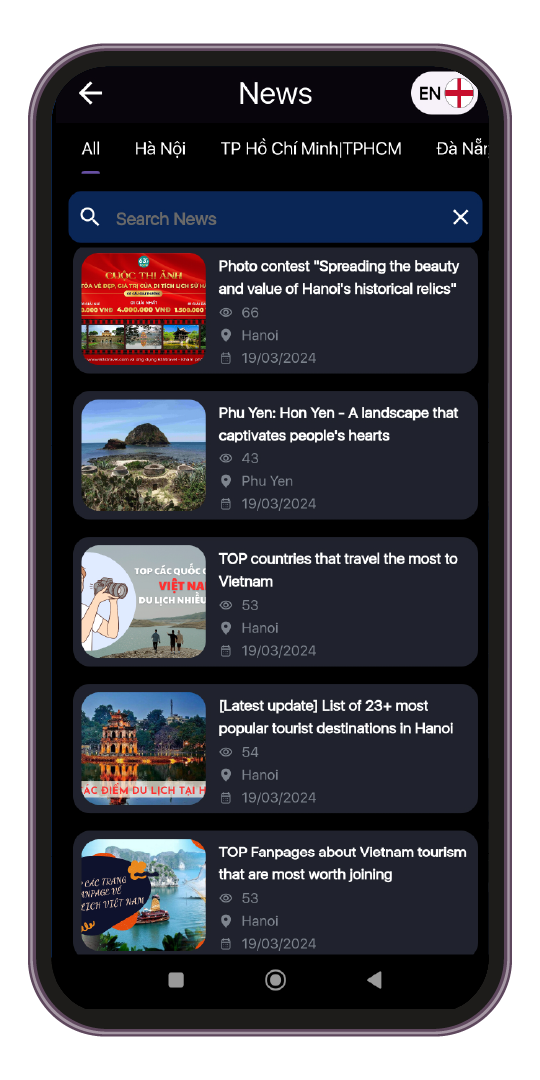Besides beautiful beaches and green islands, Khanh Hoa also boasts historical and cultural relics that have existed for hundreds, even thousands of years. Let's explore and admire 20+ historical relics in Khanh Hoa - this poetic coastal city with 63Stravel!
If you want to learn about historical relics in Khanh Hoa, join 63S Travel to explore the list of 20+ outstanding relics in this city. These cultural heritages have existed for hundreds of years, witnessing many ups and downs of the nation's history. When you visit, you will have a deeper opportunity to understand Vietnam's heroic past.
Top 20+ famous historical sites in Khanh Hoa
Below is a list of historical relics in Khanh Hoa that are famous and attractive to tourists to explore. Let's stay together to have an interesting and memorable trip in this beautiful coastal city.
Am God
Am Chua is located on Dai An hill, where the Holy Mother Thien Y A Na is worshiped, the goddess who protects and teaches people how to make a living. The belief in worshiping Thien Y A Na originated from the Cham people's custom of worshiping Ba Ponagar, then was transformed by the Vietnamese into the legend of Thien Y A Na descending to earth at Dai An Mountain and becoming a saint at Nha Trang Tower. Currently, the saying "God shows humanity, Thap Ba shows saints" is still circulated in Khanh Hoa, affirming the sacred connection between these two relics.
From Am Chua, you will feel a sense of escape and gratitude to your ancestors for choosing this place to worship Holy Mother Thien Y A Na, who is respected throughout the South Central region and Central Highlands. The architecture of Am Chua has many similarities with communal houses in Khanh Hoa, reflecting the religious characteristics of the people here.
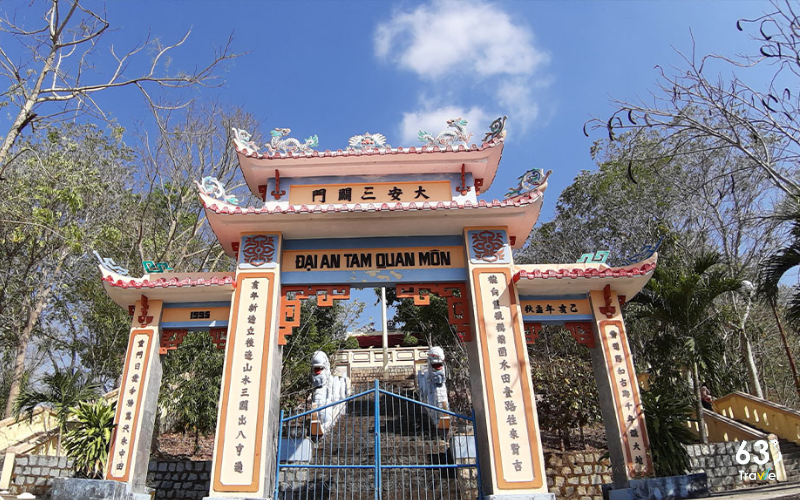
Am Chua Nha Trang - Famous sacred relic in Vietnam
The works at Am Chua include the Tam Quan, Mr. and Mrs. Tieu's tombs, inscriptions, Son Lam temple, Ngu Hanh temple and main hall, each of which carries a special spiritual and cultural value. Before entering Dai An Tam Quan Mon gate, you will have to pass more than 100 marble steps to show your sincerity. Through the gate, a pair of majestic stone dragons, exquisitely carved, will welcome you. The structure of Chua Temple includes a worshiping place and a main hall, with the four sacred images "Dragon, Lan, Quy, Phung" embossed. In particular, the worship hall also has a couple of parallel sentences in Chinese characters telling the story of the Holy Mother Goddess.
Am Chua is a famous spiritual tourist destination in Nha Trang, with many unique festivals attracting many tourists. This is a place that preserves unique cultural features in the spiritual life of Khanh Hoa people. If you have the opportunity to come to Nha Trang, Am Chua is definitely a sight not to be missed.
Thanh Trieu Pagoda
Thanh Trieu Pagoda (also known as Thanh Son) is located in Thuy Trieu village, Cam Hai Dong commune, Cam Lam district. Although it is unclear when the pagoda was built, this place has become an important religious center of Khanh Hoa Buddhists.
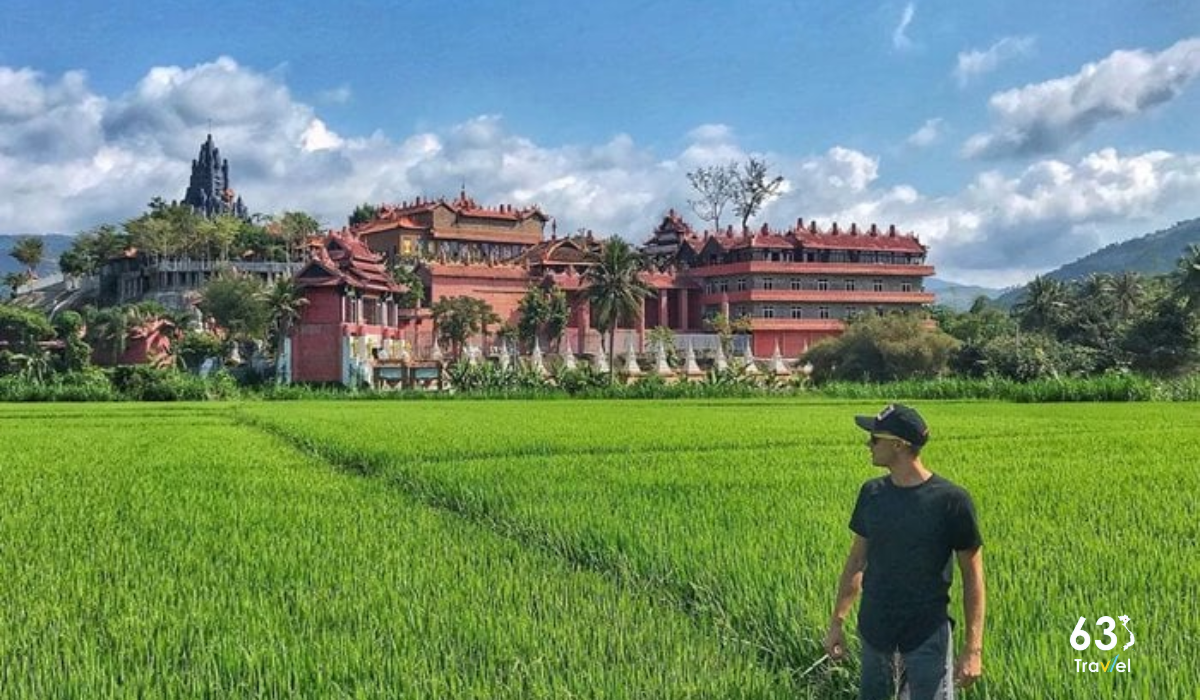
Overwhelmed with the sophisticated architecture of Thanh Son Pagoda - Khanh Hoa
The temple is not only a sacred destination but also famous for its kindness, being a place to shelter orphans and lonely, helpless elderly people. The pagoda's kindness and compassion have created a respectable address, bringing hope and comfort to many unfortunate lives.
Memorial area of Dr. Alexandre Yersin
The cluster of memorial relics of scientist Alexandre Yersin includes four important locations:
Yersin Library at Pasteur Institute, Loc Tho ward, Nha Trang city
Linh Son Pagoda in Suoi Cat commune, Cam Lam district
Yersin's grave at Suoi Dau, now in Suoi Cat commune, Cam Lam district
His office is at Hon Ba, 47km from Nha Trang in Cam Lam district.
Doctor Alexandre Yersin spent more than half a century living and working at the Pasteur Institute of Nha Trang, leaving behind 55 valuable research projects not only for Khanh Hoa province but also for all humanity. In Khanh Hoa, there are three works commemorating his contributions, including the library where important research materials are stored in Nha Trang and two other works in Dien Khanh district. To honor him, a street in Nha Trang is also named Yersin. If you are passionate about medicine, this is definitely a destination not to be missed.
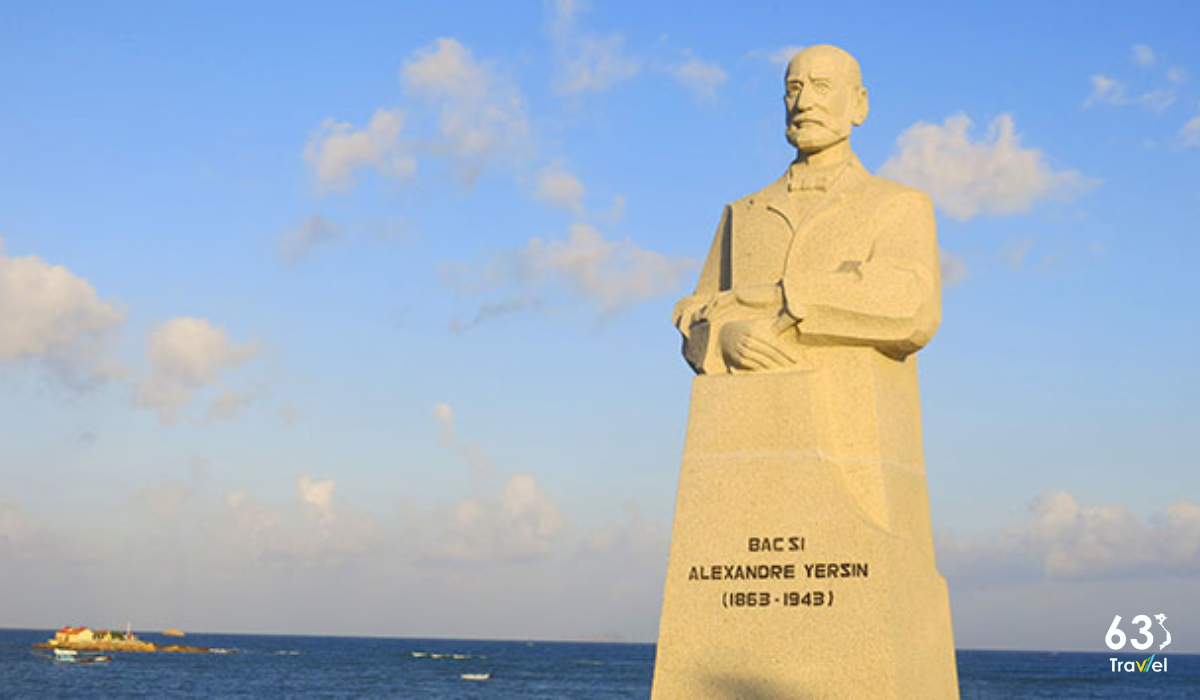
Visit the memorial of Dr. Alexandre Yersin
Dr. Alexandre Yersin's memorial area in Suoi Cat commune, Cam Lam district, Khanh Hoa province is a place that marks his great life and medical career. Built in 1985 on a land area of more than 20 hectares, the memorial preserves many memorabilia associated with Dr. Yersin's life.
This relic was recognized as a national historical and cultural relic in 1990. This is not only an attractive tourist destination but also a place for visitors to learn about the life and great medical career of Dr. Dr. Yersin, and at the same time grateful for his great contributions to Vietnamese and world medicine.
Palace of Revelation
Palace of Revelation, also known as Dragon Villa or Snake Palace, is a unique architectural masterpiece in Nha Trang city, designed entirely according to images and events in the Book of Revelation. Huyen, dating back nearly 2000 years ago. With the main color being white gold, Khai Huyen Palace gives visitors a feeling of reverence and mystery from the moment they enter.

Palace of Revelation Nha Trang - Unique architecture in the coastal city
Located on a majestic location, the Palace of Revelation is not only an architectural work but also a symbol of elaborateness and meticulousness. Hundreds of exquisitely designed details such as cobras and dragon images are decorated everywhere from the column heads, balconies to the stairs behind the house, all recreating sacred mascots from ancient times. Book of Revelation.
The 2nd floor of the Palace of Revelation is divided into a hotel area, including 9 rooms representing the planets of the Solar System, each room is uniquely and delicately designed. From the Imperial Palace to the paintings and equipment inside, every detail pays homage to the events and predictions in the Book of Revelation.
Phu Vinh ancient village
Besides the noisy and bustling pace of life of a vibrant coastal city, visitors have the opportunity to enjoy a completely different space - Phu Vinh Ancient Village. With a series of ancient houses, this village gives visitors emotional experiences of ancient Central architecture and is attractive, especially to international tourists.
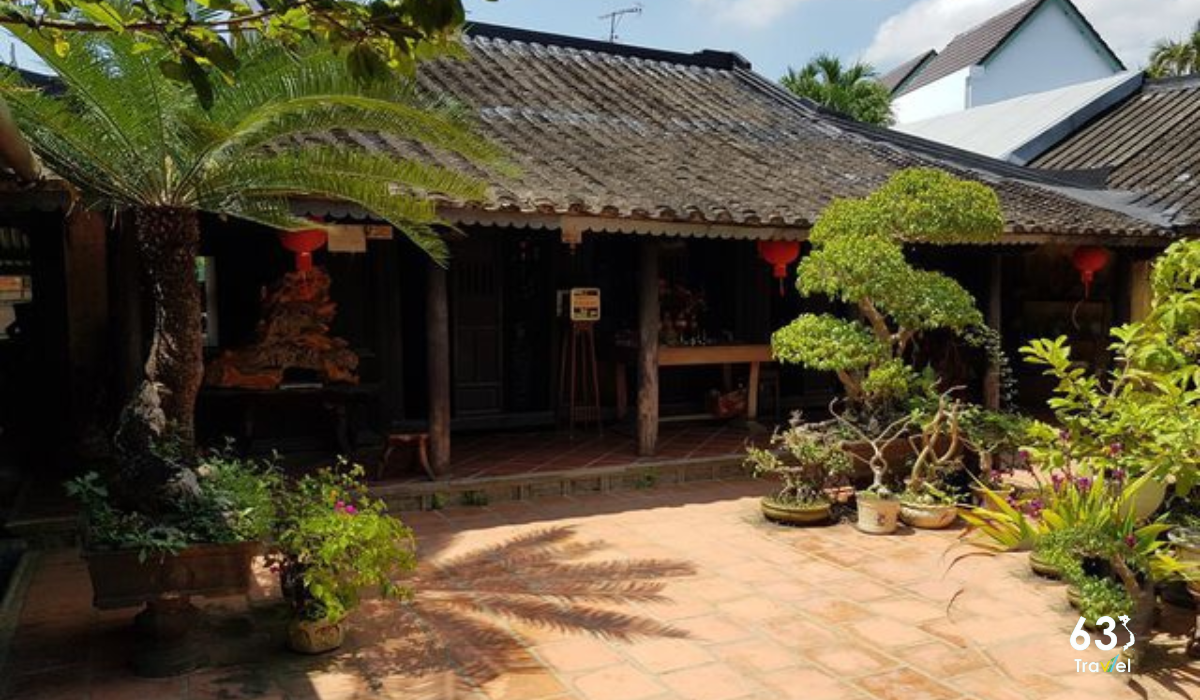
Time travel to the past" with the ancient village of Phu Vinh colored by time
When entering Phu Vinh Ancient Village, visitors seem to be lost in another world, old memories from more than 200 years ago appear very clearly. The beautiful village road is shaded by two rows of tall trees, next to which are green rice fields stretching to the horizon. Every time the rice season is ripe, the golden rice fields are bright, the young rice season is passionate, and the birds chirping are bustling, giving visitors a feeling of peace and relaxation as if returning to childhood.
Amid the noise of the modern city, Phu Vinh Ancient Village still retains the original beauty of the countryside with ancient houses with yin and yang tiled roofs, ceramic tiled floors, and glossy black ironwood columns. , delicately decorated with meticulous carvings. Large decorative ceramic vases in the home not only add luxurious beauty but also reflect the wealth and richness of decorative arts of the ancient house.
>> See more: Ranking of the 10 most beautiful beaches in Vietnam as introduced by foreign media
Dien Khanh Temple of Literature
Temple of Literature Dien Khanh (also known as Temple of Literature Phuoc Dien) is an architectural work with the purpose of worshiping Confucius - the founder of Confucianism in China and honoring outstanding local children who have achieved title. Established under the instructions of King Gia Long in 1803, the Temple of Literature is located in Phu Loc commune, Hoa Chau district, today in Phu Loc Tay cluster, Dien Khanh town. This is one of the oldest and few remaining provincial-level literary temples in the Central region, playing an important role in preserving and developing the local cultural and historical heritage.
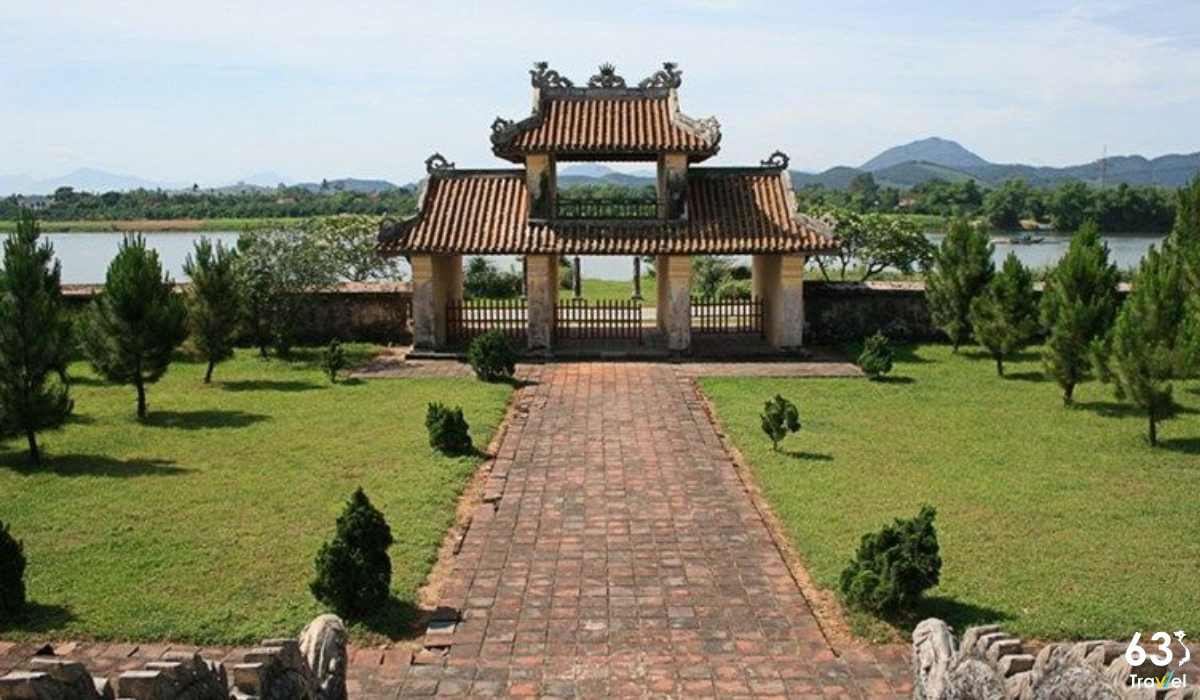
Dien Khanh Temple of Literature - Van Thanh worships the first Confucius in Khanh Hoa
The Temple of Literature area has undergone many renovations from 1892, 1904, 1941 to 1959 but still retains its traditional architecture. In particular, two stone steles from the reign of King Tu Duc (1858) are still preserved here, which are bright spots that help us better understand the history, culture and life of Khanh Hoa people. The article at Bai Duong also recorded a list of local students and teachers from the Nguyen Dynasty to the Tu Duc Dynasty, adding to the local literature and education.
Recognized by the Ministry of Culture and Information as a national historical and cultural relic since 1998, Dien Khanh Temple of Literature is not only a place of worship but also an attractive destination for tourists, where they have the opportunity to explore Explore and learn about the culture and history of Khanh Hoa through architectural works that are both ancient and solid.
Dien Khanh ancient citadel
Thang Long Imperial Citadel, Hue Citadel and Dien Khanh Citadel are three ancient citadels that are still relatively intact compared to the original architecture in our country. Among them, Thanh Dien Khanh used to have an important strategic position in the South Central region. Since the reign of Lord Nguyen, the land of Dien Khanh was once a government and today is a district of Khanh Hoa province, 10km west of Nha Trang center and 35km north of Cam Ranh.
The Dien Khanh ancient citadel relic site is a vivid picture of important historical events of the Vietnamese people. Initially the capital of the Champa kingdom, then became the political and military center of the Nguyen Dynasty for 150 years. The citadel was built in the 18th century under the reign of King Gia Long, following the French Vauban architectural model, with a hexagonal shape, a circumference of more than 2,500m, and walls 3.5m high and 6m wide. Inside the citadel, there are many important buildings such as palaces, warehouses, prisons, and cultural museums that preserve many precious historical artifacts.

Dien Khanh Ancient Citadel - A historical relic of the ancient Nguyen Dynasty
Dien Khanh Ancient Citadel has witnessed many fierce wars and is a place to recognize the heroic sacrifices of our army and people in defending the Fatherland. Recognized as a national historical and cultural relic since 1988, Dien Khanh is not only a testament to the nation's heroic history but also an attractive tourist destination attracting domestic and foreign tourists. where they have the opportunity to explore and learn about the beauty and cultural values of this land.
Long Son Pagoda Nha Trang
Long Son Pagoda (also known as White Buddha Pagoda) is one of the famous historical relics in Nha Trang. Built in the early 19th century, Long Son Pagoda was once the Buddhist headquarters of Khanh Hoa province and is currently the largest temple in this city. With its sacred appearance and unique landscape, Long Son Pagoda is a destination not to be missed when traveling to Nha Trang.
As soon as entering Long Son Pagoda, visitors will be amazed by the beauty of the Shakyamuni Buddha statue, cast from bronze weighing up to 700kg, and the statue of Avalokiteśvara Bodhisattva with a thousand eyes and a thousand hands. The 7m long, 5m high reclining Buddha statue on the hilltop of Long Son pagoda, along with the 1.5 ton bronze bell tower and the 14m high Golden Buddha statue, are impressive highlights that cannot be ignored.

Overwhelmed with the beauty of the largest white Buddha statue in Vietnam
Even though it has undergone many renovations, Long Son Pagoda still retains its majesty and dignity. When visiting Long Son Pagoda, visitors should remember to wear polite, discreet clothing and respect the sacred space of this place.
The pagoda also possesses many exquisitely sculpted statues of Buddha, Bodhisattvas and Arhats, imbued with artistic value. With a total area of the main hall of up to 1670m2, airy and solemn design, Long Son Pagoda is a place of worship and important ceremonies on monthly lunar holidays.
Nha Trang Stone Church
Nha Trang Stone Church (also known as Mountain Church) is one of the special historical relics not to be missed in the coastal city of Nha Trang. Outstanding with its French Gothic architecture, the church has long become a cultural and religious symbol of the locality.
Built during the French colonial period, Nha Trang stone church still retains the luxurious and sophisticated architectural beauty of its early days. From Thai Nguyen Street, visitors must pass 53 steps to reach this project, or from the 6th intersection, choose the split stone path leading to the church yard about 8m high above the road surface.
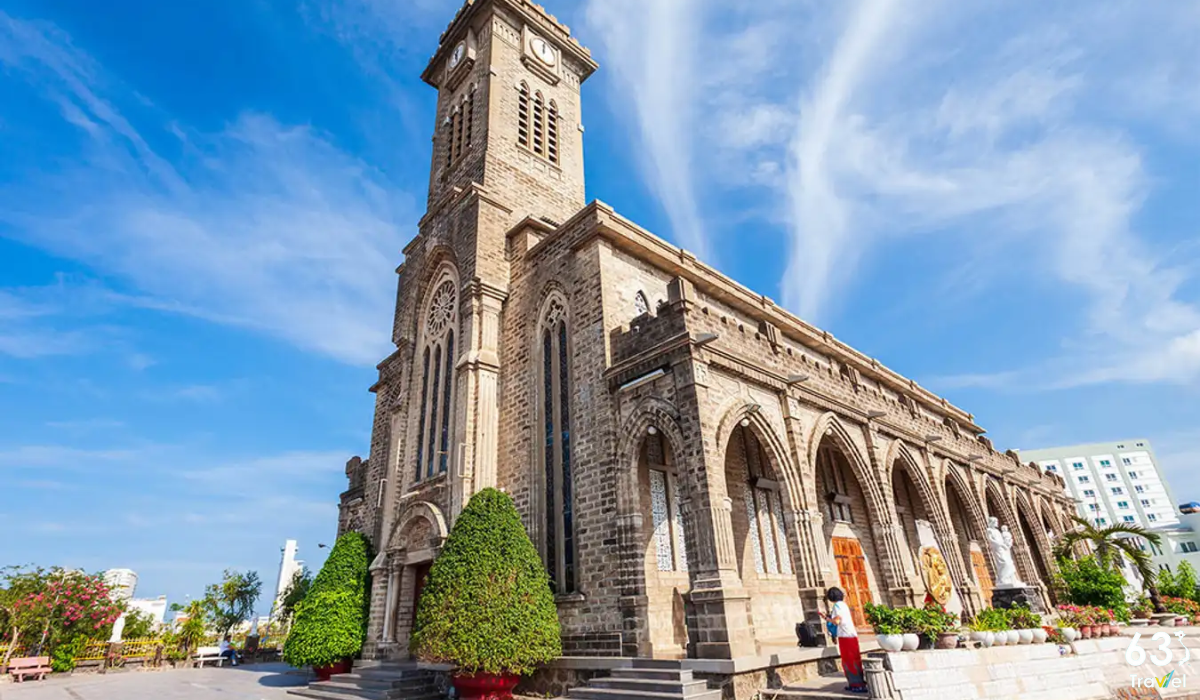
Admire the masterpiece of Nha Trang stone church
Located on the top of Hoang Lan hill, Nha Trang stone church has a strong layout with cubist stone blocks, from there reaching up to the blue sky. The highest point of the church is the bell tower, which contains the Holy Cross, with a height of up to 38m from the street level. This architectural style not only demonstrates elegance but also honors the solidity and steadfastness of the Catholic faith.
The interior of the church is spacious and airy, divided into the sanctuary area and the area behind the sanctuary, providing a solemn and peaceful space. With rose-shaped glass windows in the Gothic style, Nha Trang stone church is proud to be a great destination not only for Catholics to pray but also an ideal place for young people to take wedding or live photos. virtual.
In addition to outstanding architectural features, the church is also equipped with two heavy bronze bells, hanging on the bell tower and manufactured by the French firm Bourdon Carillond. The large clock on the tower is also a detail not to be missed, an important milestone not only for the local community but also for tourists from all over.
With more than 90 years of history, Nha Trang stone church has become a unique architectural and religious symbol, a must-see destination for those who love and honor the cultural values of Vietnam.
Temple of Tran Quy Cap
Tran Quy Cap Temple in Dien Khanh, Khanh Hoa, is a historical and cultural relic rich in spiritual value and national significance. Built in 1970, the temple is located next to Song Can bridge, also known as Go Diet Chem, affirming the important role of scholar Tran Quy Cap in the Duy Tan movement.
With an area of only about 12 square meters, Tran Quy Cap temple has a small and low structure, built in the ancient architectural style with four equal-sized roofs. In front of the temple, there are two stone pillars with parallel sentences expressing deep respect for the ancestors. In addition to worshiping Tran Quy Cap, the temple also has tablets worshiping General Trinh Phong and Military Counselor Nguyen Khanh, so it is also called Trung Liet Temple.
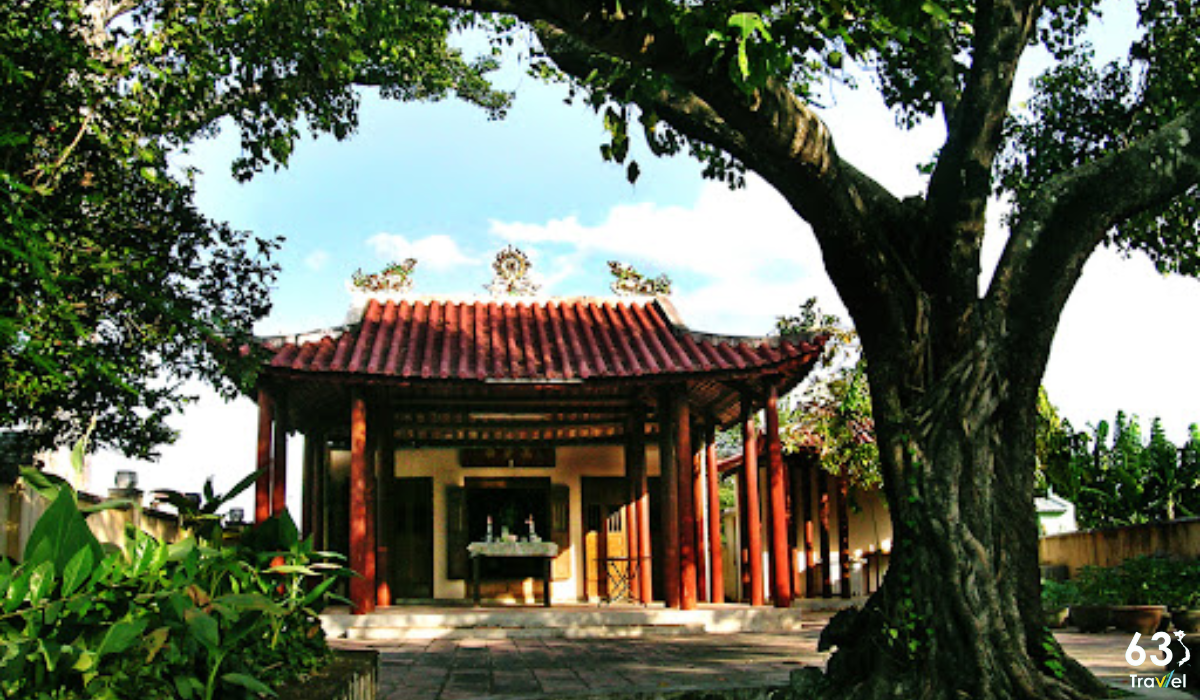 Ghé thăm đền thờ Trần Quý Cáp nổi tiếng ở Khánh Hòa
Ghé thăm đền thờ Trần Quý Cáp nổi tiếng ở Khánh Hòa
With the relocation in 2003 to facilitate the reconstruction of Tran Quy Cap Bridge and the 350th anniversary of the founding of Khanh Hoa province, the temple still retains its beauty and historical nature. The temple's modern and modern architecture represents a clever combination of tradition and modernity.
Inside the temple, each corner of the roof is decorated with patterns and embossed dragon motifs in a modern style. In front of the temple is a 3.5m high flagpole placed on a hexagonal water tank, on both sides there is a 1.5m high "Lower of Hope", a place where incense is often burned during ceremonies.
Coming to Tran Quy Cap temple, visitors not only feel the unique architectural beauty but also immerse themselves in the solemn atmosphere, commemorating the heroes who sacrificed for national independence and freedom. This is a place to express the local community's deep gratitude to the heroic faces who sacrificed for their homeland.
Tran Quy Cap Temple has been recognized as a National Historical and Cultural Relic since 1991, and is an indispensable pride and cultural symbol in the hearts of the people of Dien Khanh - Khanh Hoa, closely associated with history. fight, build and protect the country.
>> Read: 5 reasons you should experience Nha Trang - Vietnam's coastal gem
Nha Trang Institute of Oceanography - Khanh Hoa
The Institute of Oceanography is a center for in-depth research on oceanography, marine resources and environment, aquaculture technology, marine animal and plant resources, ocean physics, meteorology - hydrology and zoology. sea force. This place is not only a destination for scientists but also an attractive stop for tourists who want to explore and expand their knowledge about Vietnam's marine space and marine environmental resources.
Inaugurated in 1923 under the French colonial period, with a large area of up to 20 hectares and its symbol is the Lionfish - the symbol of the Ocean. Since 1952, the institute has been managed by Vietnamese people and belongs to the specialized system of the Vietnam National Center for Natural Science and Technology.
The location of the Institute of Oceanography in Nha Trang was chosen for the main reason that the coast here is the deepest in Vietnam and close to international shipping routes, creating the most favorable conditions for nurturing and preserving. and research the habitat of marine life. Nha Trang's waters are also famous for their biodiversity, have a temperate climate and are the intersection of two hot and cold ocean currents, creating an ideal habitat for many marine species. This is also the destination for thousands of creatures during the breeding season and has rich coral beds.
The Museum of the Institute of Oceanography includes many diverse areas such as the domestication area for marine life, artificial mangrove forests, natural regeneration area, large marine specimen area, and marine research equipment. study, providing important and confidential materials for research and education for interested scientists and visitors.
Trinh Phong temple
Binh Tay Temple of General Trinh Phong (also known as Cay Dau Temple), is one of the outstanding historical and cultural relics of this land. Recognized at the national level since 1991, the Trinh Phong shrine is a symbol of patriotism and heroic sacrifice in the struggle against the French colonialists.
Located under the shadow of a double oil tree more than 200 years old, Trinh Phong temple is located facing the west, looking up to the towering peak of Hon Dung. This is not only a place of worship but also a place where local people symbolize their admiration and gratitude for a national hero. Every year on the sixteenth day of the third lunar month, the temple holds a grand worshiping ceremony, attracting a large number of people in the area to attend.
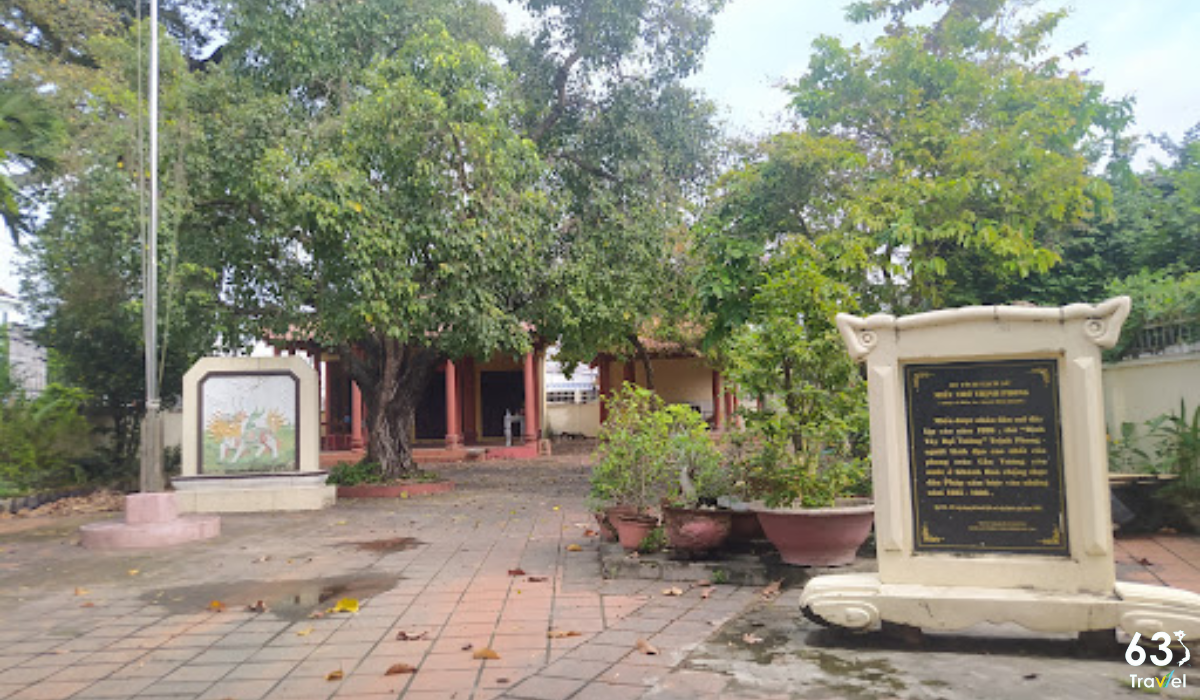 Ngôi miếu thờ vị tướng quânTrịnh Phong
Ngôi miếu thờ vị tướng quânTrịnh Phong
Trinh Phong Temple relic has a total area of 639.1 m2, with an architectural structure imbued with the traditional features of Khanh Hoa. The four main columns and side columns are meticulously carved, the patterns and couplets are painted and gilded, creating solemnity and antiquity for the temple space. In the middle of the worshiping hall, there is a simple but dignified altar, hanging a horizontal panel carved with the Chinese and Nom characters "Van An Mieu", a symbol of sustainability and well-being for the temple and the whole community.
Trinh Phong Temple is not only a place of worship but also the pride of the people of Khanh Hoa, attached to the history of fighting, building and protecting national independence. Preserving and embellishing this monument is not only a responsibility but also a profound expression of gratitude and respect for the heroes who sacrificed their lives for the country.
Sovereignty stele of the Truong Sa archipelago at Song Tu Tay island and Nam Yet island
Under the bright sunlight of the East Sea, the two sovereignty steles on Song Tu Tay island and Nam Yet island on the Truong Sa archipelago remain steadfast as indelible historical witnesses of time. Ranked as national historical relics since 2014, these two sovereignty stele are not only the pride of the Vietnamese people but also proof of the stability of national sovereignty on Truong Sa Island. accepted and respected by the whole world.
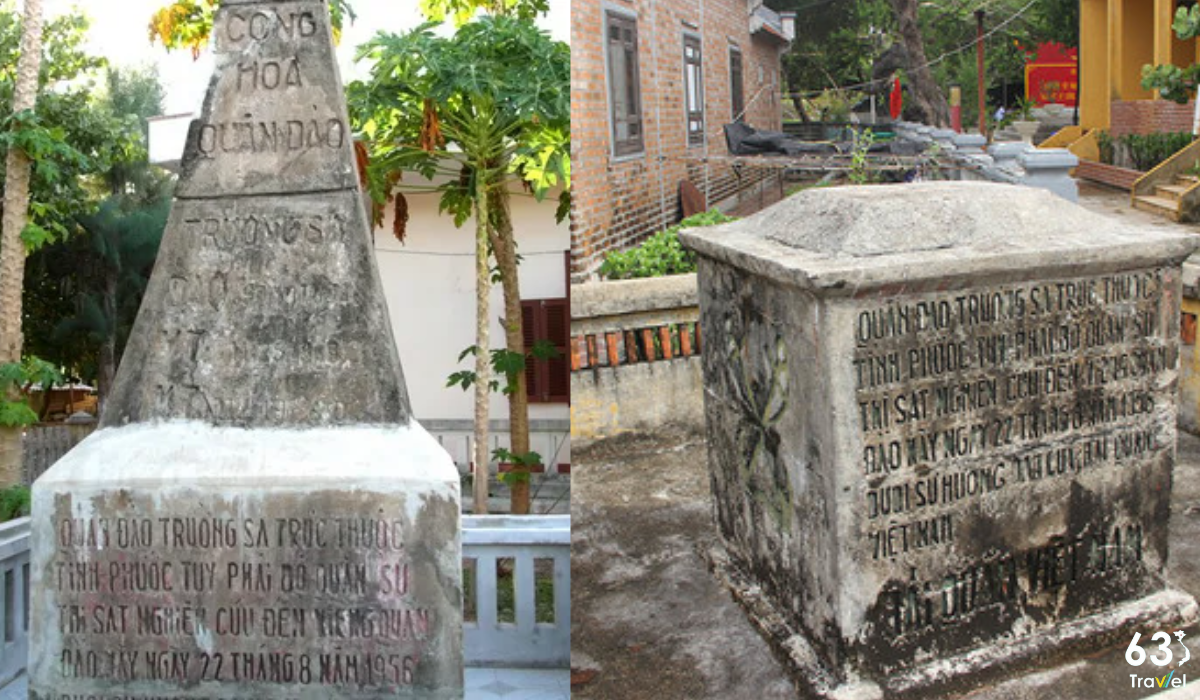
Sovereignty stele relics on Song Tu Tay island and Nam Yet island
The sovereignty stele on Song Tu Tay island, in Song Tu Tay commune, Truong Sa district, Khanh Hoa province, with ancient lines carved deep into the concrete body, still retains the look of the tall tower and body, lasting forever. with a clear message: "Spratly Islands belong to Phuoc Tuy province. A military inspection and research mission visited this archipelago on August 22, 1956 under the guidance of the Vietnam Navy." As for the sovereignty stele on Nam Yet Island, Sinh Ton commune, Truong Sa district, Khanh Hoa province, only the body remains, but still clearly engraves the presence of the Vietnamese army in this territory in 1956. Both steles are clear historical markers, solid evidence of Vietnam's maritime sovereignty before the world.
Phu Cang Communal House
Located in Van Phu commune, Van Ninh district, Phu Cang Communal House is a priceless cultural and historical heritage of the Vietnamese people. This communal house was built in the 17th - 18th centuries, marking the land reclamation and establishment of villages by the Vietnamese people. Under the Nguyen Dynasty, Phu Cang Communal House was given many titles and precious objects, including the title of Thuong Dang Than, remembering the merits of the village's Tutelary Gods and an ancient bell.
With an area of about 1,700 square meters, the communal house still retains the cultural and historical values of the Vietnamese community. The architecture of the communal house clearly shows the traditional Vietnamese village style, with a fish-scale tile roof, a tiled yard and surrounded by lush green trees.
The main room has an area larger than 70m2, structured according to the traditional village communal house model, with 16 evenly distributed wooden columns. In front of the communal house's door, sophisticated and sophisticated patterns are carved on wood, with the sign "Phu Cang Dinh" placed in the middle of the communal house.
Phu Cang Communal House worships tutelary deities with the title Duc Bao Trung Hung Linh Pho, including the mother of the land Thien Y A Na, a deity revered and worshiped by residents of the South Central region. This place also preserves the reign of deputy general and governor Tran Duong, who led the people to join the Can Vuong movement against the French at the end of the 19th century. During the feudal period, Phu Cang Communal House received many ordinations and precious artifacts from the Nguyen kings, demonstrating its important role in the history of resistance against the invasion of the French army.
Khanh Hoa Provincial Museum
Khanh Hoa Provincial Museum, located at 16 Tran Phu, is not only an attractive tourist destination in Nha Trang but also a place to store and display more than 10,000 artifacts and 5,000 rich visual documents from various periods. historical period of Khanh Hoa province and especially Nha Trang city. The museum is an impressive cultural treasure with ancient coins from the 9th to 18th centuries, bronze drums dating back more than 2000 years, and weapons of resistance against the French and Americans.
Although there are only two galleries with a total area of more than 200m², the museum still attracts and impresses visitors with the diversity and value of precious artifacts. These artifacts are the result of intensive excavations and research over the past 20 years in Khanh Hoa.
As soon as entering the museum, visitors will encounter the Vo Canh stele, a stele crafted from stone and written in Sanskrit, dating from the 2nd century AD, excavated in Vinh commune. Trung, Nha Trang. The center of the museum is Cam Thinh Dong stone stele, Cam Ranh town, where visitors can admire gemstone artworks from the Champa period and other important artifacts such as the Khanh Son stone organ - a type of music. The unique tool of the Rac Lay people from ancient times was rediscovered in 1978.
Khanh Hoa Provincial Museum is not only a place to explore long-standing cultural heritages, but also a window that opens for visitors to better understand the richness and diversity of cultural history here, and is a stopping point. Interesting sights not to be missed when exploring Nha Trang.
Ninh Hoa Duong Palace
Ninh Hoa Duong Palace is a historical architectural work built in 1820 during the Nguyen Dynasty, clearly demonstrating the beauty of traditional Vietnamese architecture. The palace consists of a main room, two wings and a number of auxiliary rooms, with the whole being built according to the traditional house model of the Khanh Hoa delta, including three rooms and two wings.
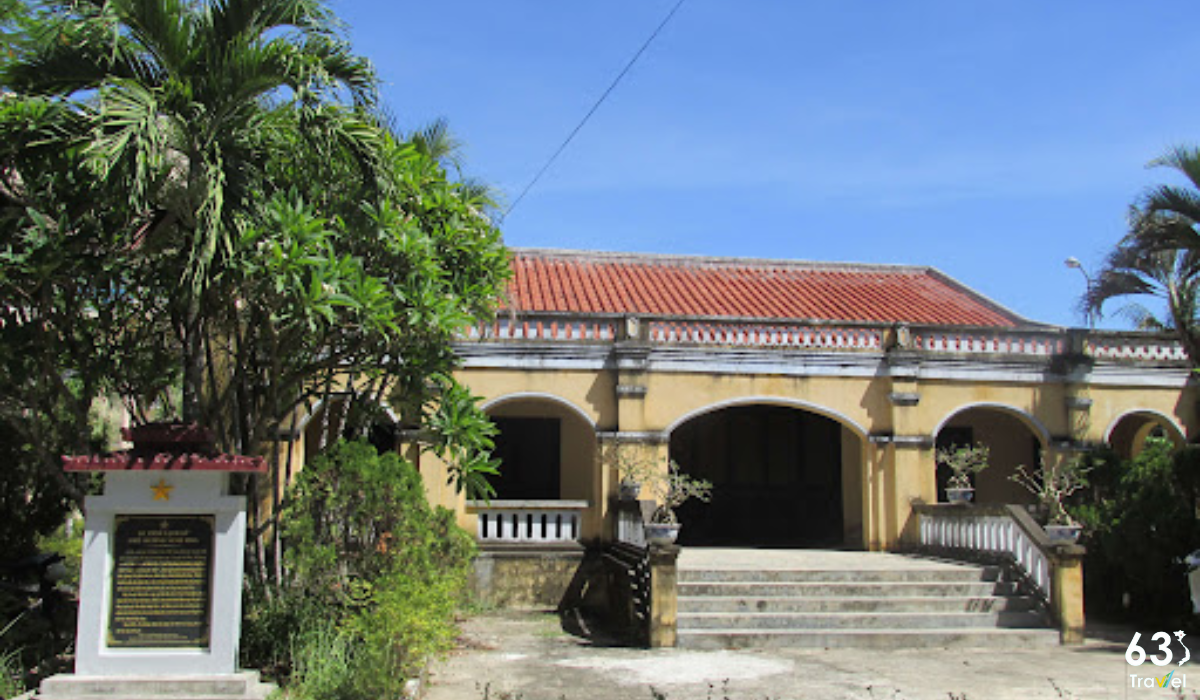
Explore the historical architecture of Ninh Hoa Duong Palace
This place witnessed important historical events of the nation. On July 16, 1930, more than 1,000 people from Tan Dinh district (now Ninh Hoa) organized a protest, fighting against colonial and feudal rule, demanding a reduction in high taxes and supported the Nghe Tinh Soviet movement. At Phu Duong, Tri Phu Dinh Ba Can signed a document abolishing taxes, marking a turning point in the fight against oppression.
The architecture of Phu Duong Palace not only has ancient features but also shows solemnity and high artistic value, and is a symbol of the harmony and traditional cultural beauty of the Vietnamese people.
Bao Dai Palace
Bao Dai Palace (also known as Cau Da Villa) is where King Bao Dai and Queen Nam Phuong came to rest when visiting the coastal city of Nha Trang. Located on a hill jutting out into the sea, this is one of Nha Trang's special historical sites. With a large area of about 12 hectares, Bao Dai Palace includes 5 separate villas built in 1923 on Canh Long Mountain (also known as Chut Mountain), a famous place with beautiful natural scenery. Pretty.
Each villa at Bao Dai Palace has the name of the surrounding plants such as Les Agaves, Les Frangipaniers, Les Bougainvilliers, Les Flamboyants, Les Bada Miners. Bang), creating a different and colorful living space. With French-inspired architecture, the villas are in harmony with the surrounding natural landscape, bringing an elegant and luxurious beauty.
Located next to Nha Trang's famous Institute of Oceanography, Bao Dai Palace is likened to a green dragon embracing Nha Trang's sea. From the top of the hill, you can enjoy a panoramic view of this coastal city, with endless blue sea and smooth white sand strips.
Lang Ba Vu
Ba Vu's Tomb (also known as Nhu Mau's Tomb), is one of the famous national historical and cultural relics, attracting a large number of tourists because of its unique historical and architectural value. Built in the early 19th century under the reign of King Gia Long, as a symbol of deep gratitude to the woman with great contributions, Mrs. Nguyen Thi Hoan.
One time, Nguyen Phuc Anh (later King Gia Long) was being chased by the Tay Son army, he arrived at My Hiep village, in a state of hunger, thirst and fatigue, Mrs. Nguyen Thi Hoan helped him by providing food. food, water and medicine. This is considered an important rescue, helping King Gia Long escape danger. Mrs. Nguyen Thi Hoan was later honored by King Gia Long with the title "Nhu Mau" (foster mother), and the mausoleum was built to commemorate her great gratitude.
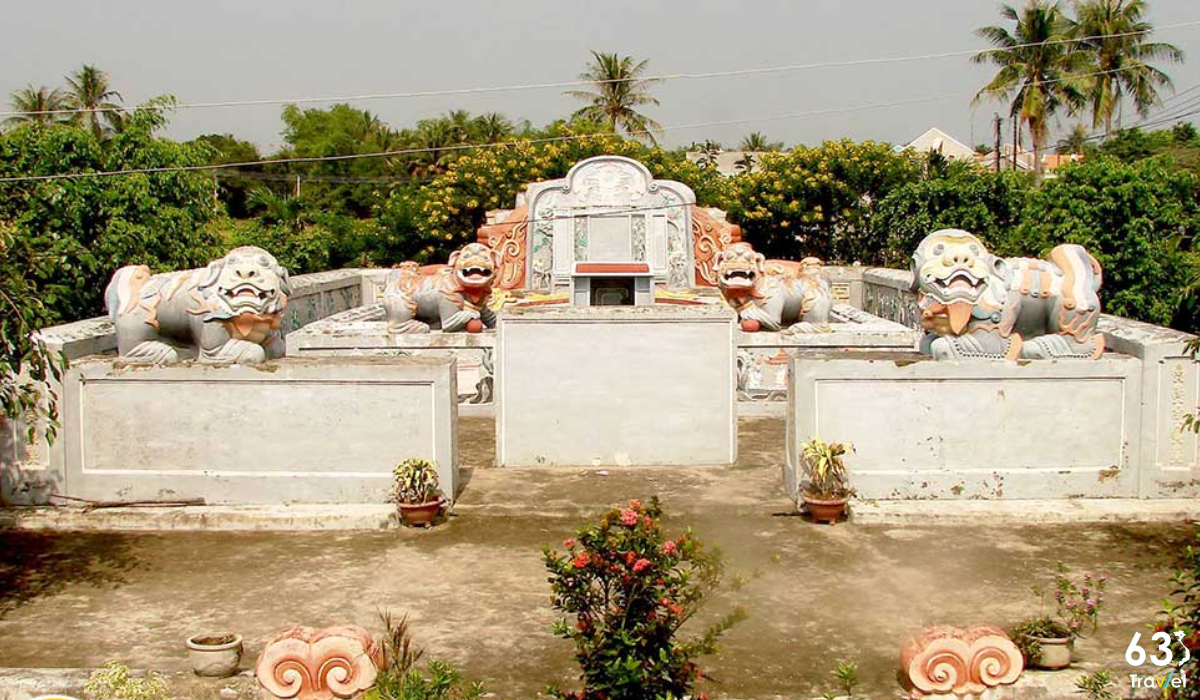 Lăng Bà Vú Nha Trang - Lăng Thờ Nhũ Mẫu của vua Gia Long
Lăng Bà Vú Nha Trang - Lăng Thờ Nhũ Mẫu của vua Gia Long
The mausoleum was built according to magnificent and magnificent architecture, with many layers of walls surrounding it. The outer wall has a circumference of more than 200m, inside there is a spacious rectangular lake. Next is the second citadel with the temple worshiping Lady Thai San and 18 Arhats. The innermost layer of the citadel contains the tomb of Ba Nhu Mau, built in the style of a three-compartment, two-wing house. The mausoleum's architecture bears strong impressions of Champa and Vietnamese culture, with sophisticated decorative patterns, expressing respect and gratitude to those with meritorious services.
Souvenir location for the C235 ship event
The C235 Ship souvenir site is where touching stories about the heroic sacrifice of the Hero of the People's Armed Forces, Martyr Nguyen Phan Vinh and his comrades on this ship are recorded, turning them into Legends are closely associated with national history and literature.
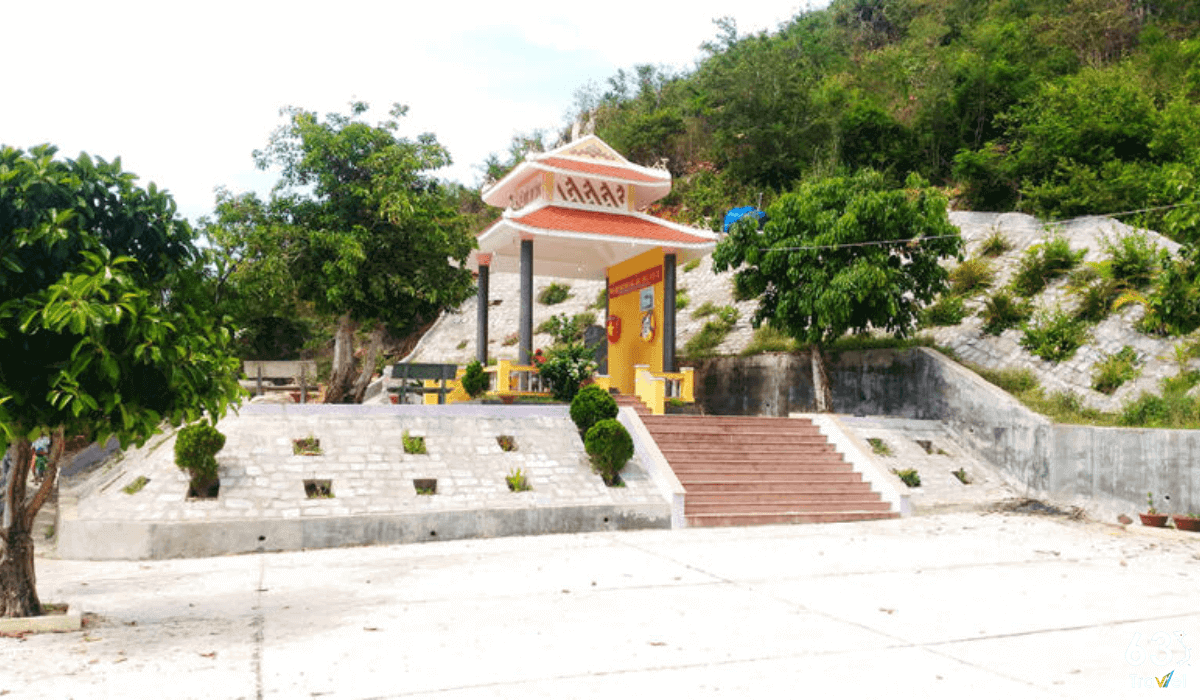
C235 Ship Souvenir Site Relic - A red address of origin for the young generation
During the great resistance war against the US to save the country of the Vietnamese people, to support weapons and equipment for the southern battlefield, according to the Politburo's Directive, the Central Military Commission established Group 759, with The body of Group 125 organized the sea transport route, known as the "Ho Chi Minh Sea Route". This is one of the extremely important strategic tasks in the struggle to liberate the South.
To supply the army and people during the general offensive and uprising of the 1968 Tet Offensive, Group 125 selected 4 ships, including Ship C235, to carry out the mission. This ship was issued seven days ago and I still remember it.
Ponagar tower
Ponagar Tower (also known as Yang Po Inu Nagar) is a Champa temple located on top of a small hill about 10-12 meters above sea level, at the mouth of the Cai River (Nha Trang River), in Vinh ward. Phuoc, Nha Trang city, Khanh Hoa. Built from about the 7th to the 13th century under the reign of King Po Nagar Dara Vijaya, Ponagar Tower is the largest symbol of Champa architecture in Vietnam today.
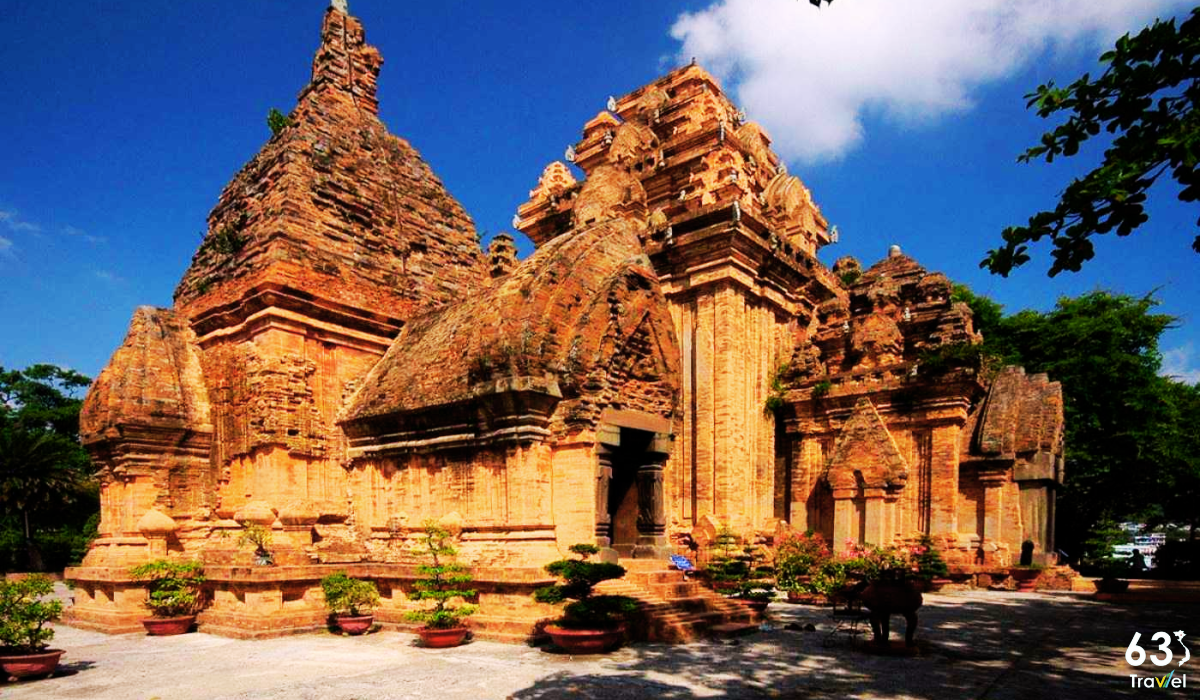
Ponagar Tower in Nha Trang - famous Champa cultural heritage in Khanh Hoa
Ponagar Tower Relic has been recognized as a national historical and cultural relic since 1979 and is a potential UNESCO World Cultural Heritage. It is the place to worship the goddess Ponagar, the supreme deity in the beliefs of the Cham people, connected to the legend of the Mother of the Cham country and the goddess Thien Y Ana of the Vietnamese people in the Central region since the late 17th century.
Architecturally, the tower complex consists of 3 main floors, each floor has many small towers with different worship positions. The main tower is 28 meters high, built of burnt bricks and sandstone, bearing the mark of Champa architecture with sophisticated decorative details such as lingams, yoni, god statues and traditional patterns. The relic site also preserves many precious artifacts such as statues of gods, jewelry, and inscriptions, contributing to clarifying the history and culture of Champa.
Ponagar Tower is not only a souvenir and worship site for the Cham people but also a destination that attracts a large number of tourists every year, discovering the beauty and profound cultural values of the Cham people.
Tu Van Pagoda
Tu Van Pagoda, known by the nickname San Ho Pagoda or Snail Pagoda, is one of the unique architectural works with towers and flower gardens built from coral stones and seashells. . The monks personally designed and built these works, creating a peaceful and unique space for Tu Van Pagoda.
Entering Tu Van Pagoda, you will immediately feel the meticulousness and artistry of the sea snails, each detail shines as a clear testament to the efforts of many years of construction and perfection. The pagoda is seen as a symbol of the monks' dedication and introspection, with the belief of carrying Buddhism in their souls.
The works at Tu Van Pagoda were constructed using manual methods over many years. This shows that each coral stone, each seashell, each snail shell carries within it a part of the mind and enthusiasm of the temple builders. This is not only an outstanding architectural work but also a statement of respect and spiritual connection between humans and nature.
The above collection of 20+ historical relics in Khanh Hoa shared by 63S Travel will help you have a truly exciting trip here. Add this list to your plans to have a wonderful trip!
Khanh Hoa
2768 view
Update day
: 17/07/2024
63Stravel
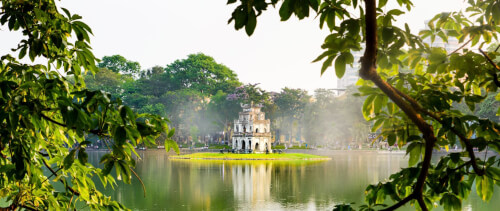 Hanoi (6)
Hanoi (6)
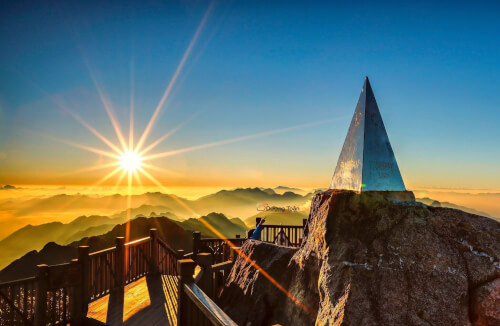 Lao Cai (1)
Lao Cai (1)
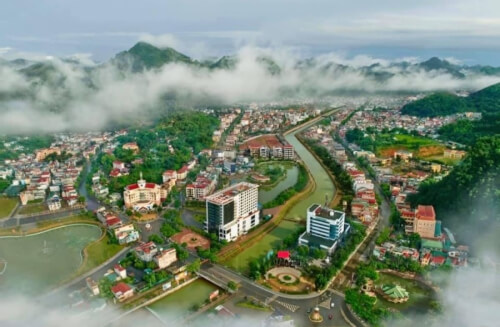 Son La (2)
Son La (2)
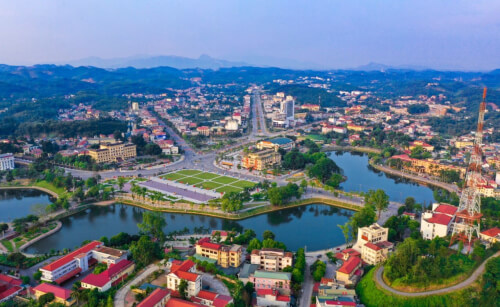 Yen Bai (1)
Yen Bai (1)
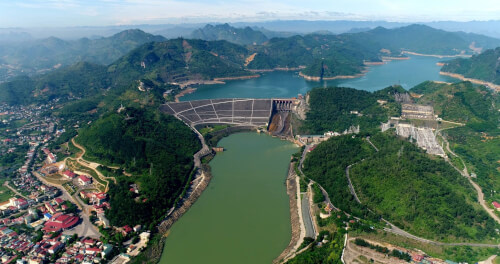 Hoa Binh (1)
Hoa Binh (1)
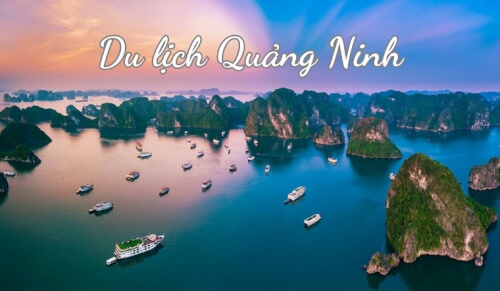 Quang Ninh (18)
Quang Ninh (18)
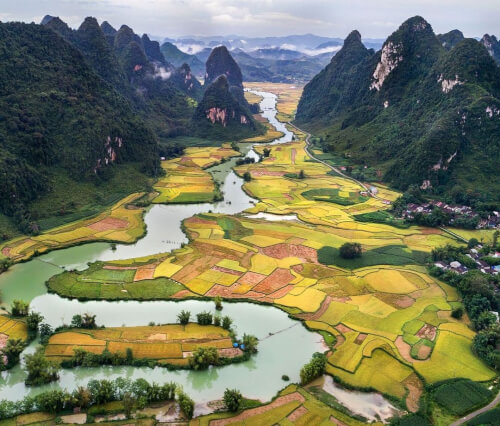 Ninh Binh (1)
Ninh Binh (1)
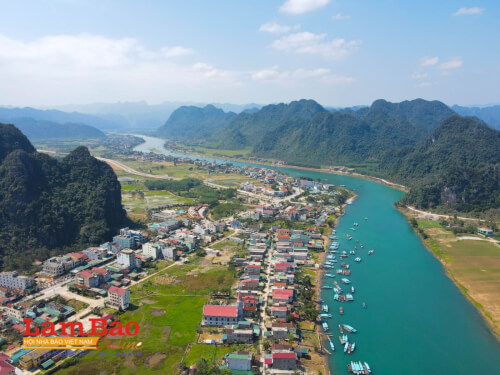 Quang Binh (2)
Quang Binh (2)
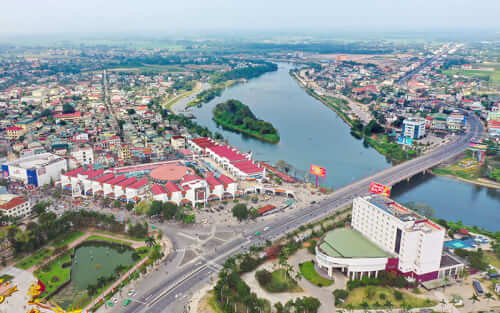 Quang Tri (1)
Quang Tri (1)
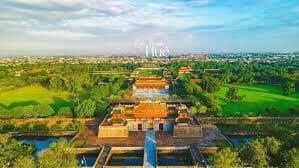 Hue (17)
Hue (17)
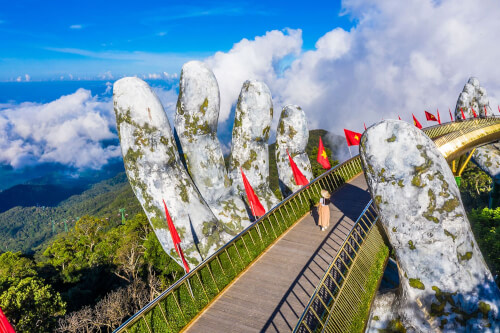 Da Nang (24)
Da Nang (24)
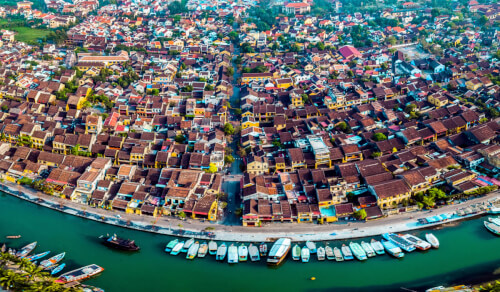 Quang Nam (16)
Quang Nam (16)
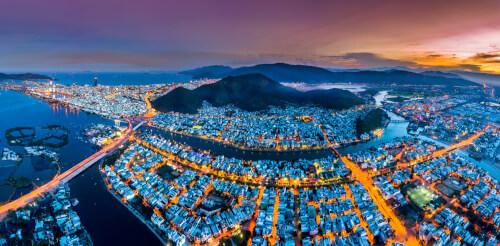 Binh Dinh (1)
Binh Dinh (1)
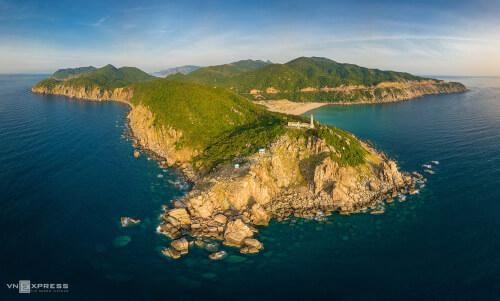 Phu Yen (1)
Phu Yen (1)
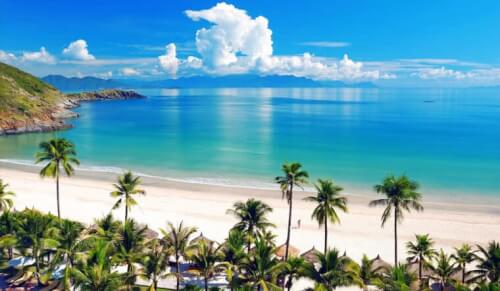 Khanh Hoa (12)
Khanh Hoa (12)
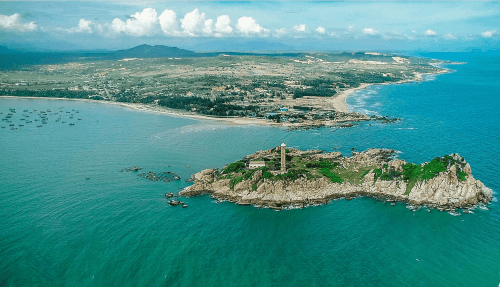 Binh Thuan (1)
Binh Thuan (1)
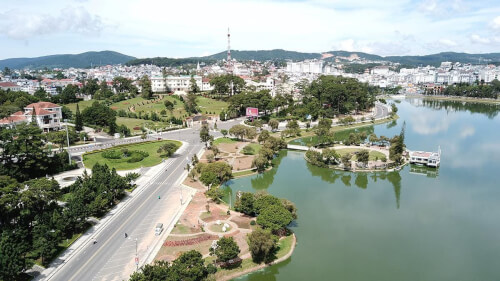 Lam Dong (7)
Lam Dong (7)
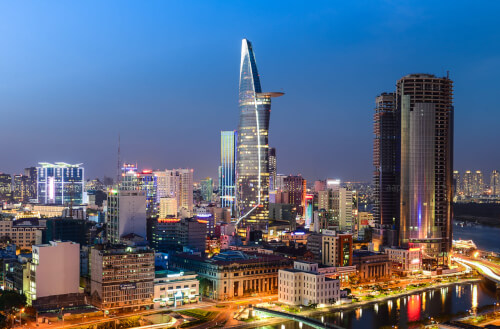 Ho Chi Minh City (3)
Ho Chi Minh City (3)
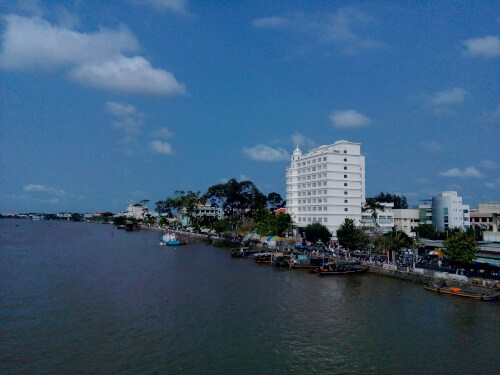 Ben tre (3)
Ben tre (3)
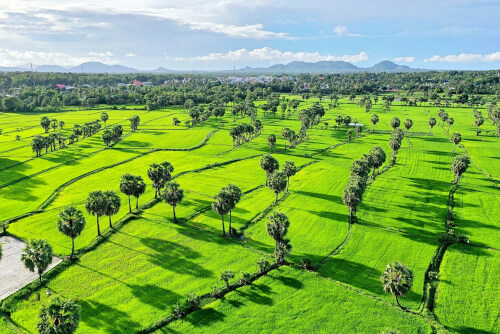 An Giang (1)
An Giang (1)
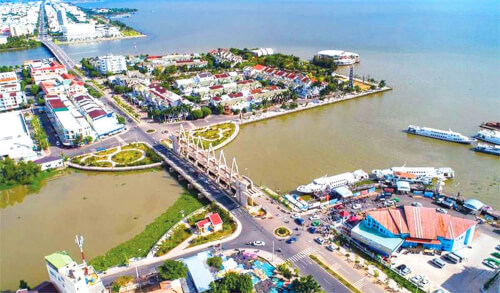 Kien Giang (4)
Kien Giang (4)
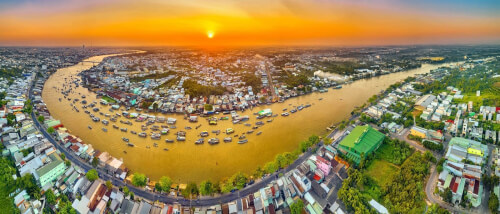 Can Tho (3)
Can Tho (3)
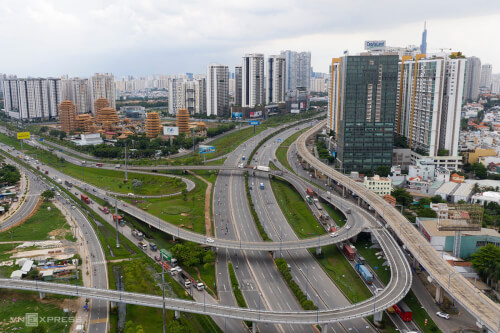 Foreign (3)
Foreign (3)

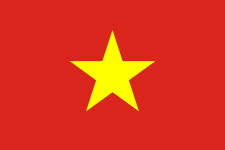 vn
vn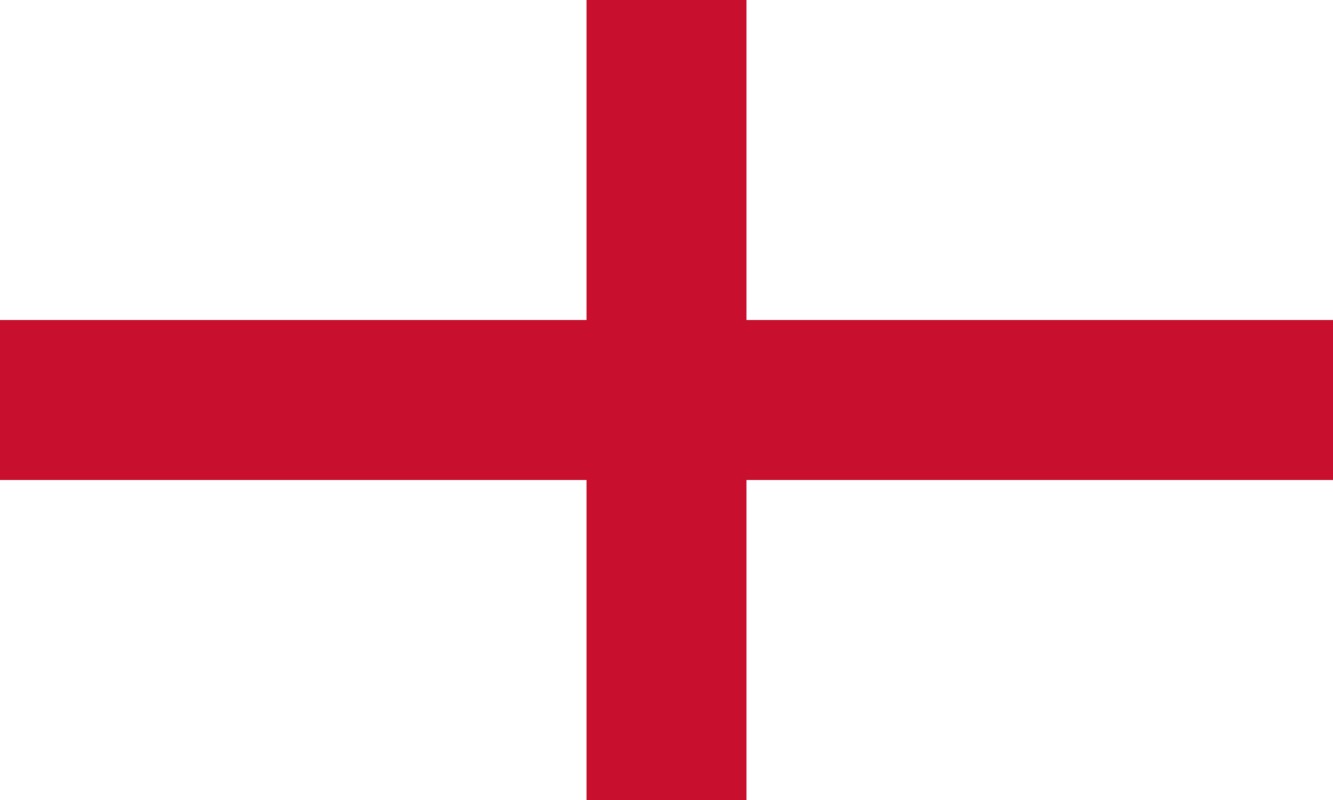 en
en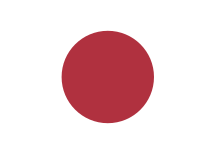 ja
ja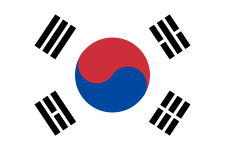 ko
ko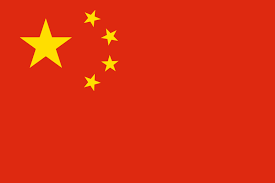 zh
zh


















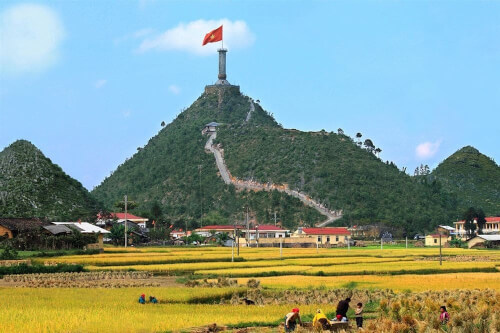
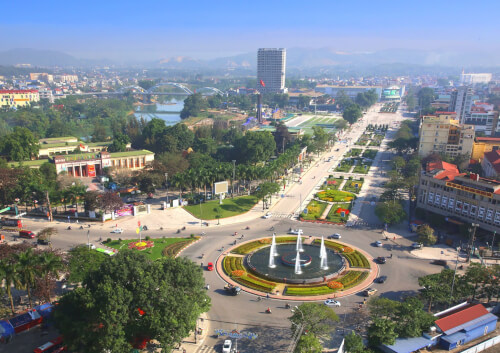
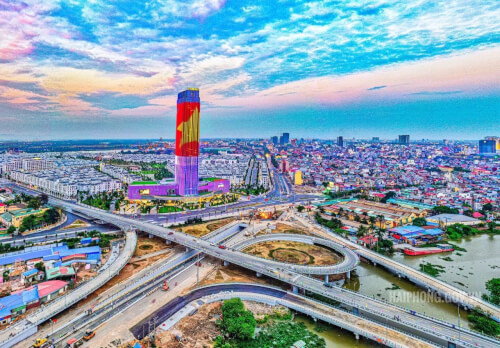
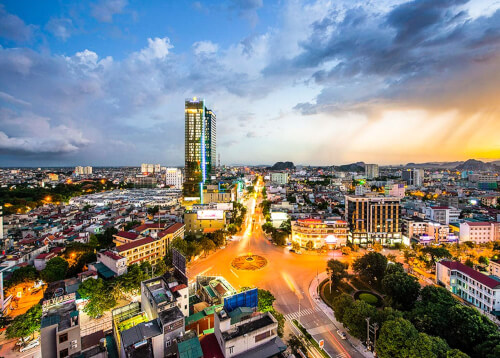
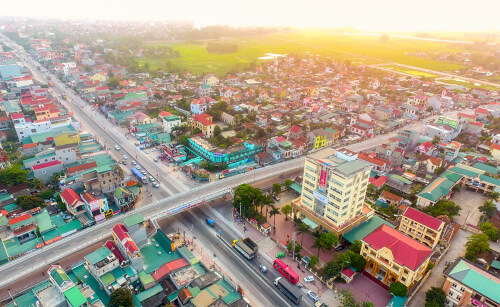

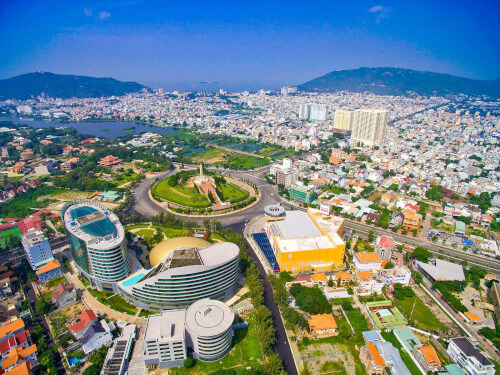










 Ghé thăm đền thờ Trần Quý Cáp nổi tiếng ở Khánh Hòa
Ghé thăm đền thờ Trần Quý Cáp nổi tiếng ở Khánh Hòa Ngôi miếu thờ vị tướng quânTrịnh Phong
Ngôi miếu thờ vị tướng quânTrịnh Phong

 Lăng Bà Vú Nha Trang - Lăng Thờ Nhũ Mẫu của vua Gia Long
Lăng Bà Vú Nha Trang - Lăng Thờ Nhũ Mẫu của vua Gia Long

